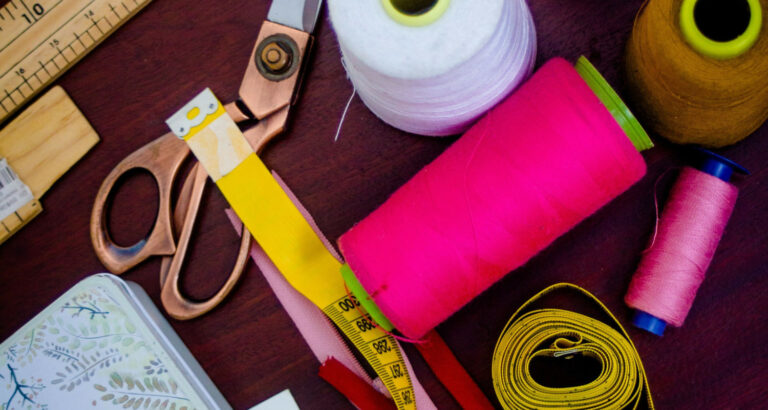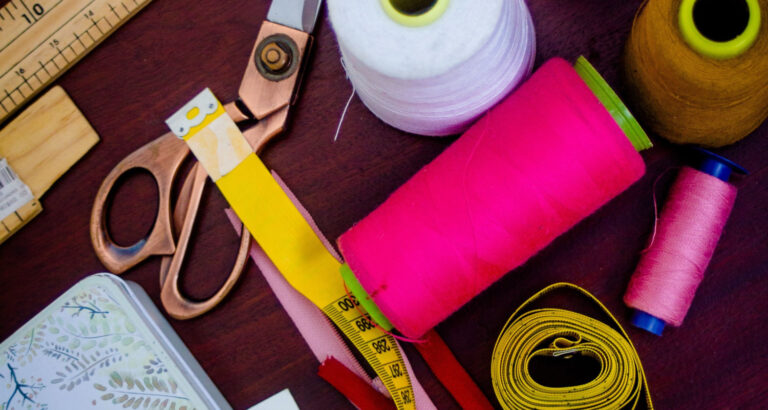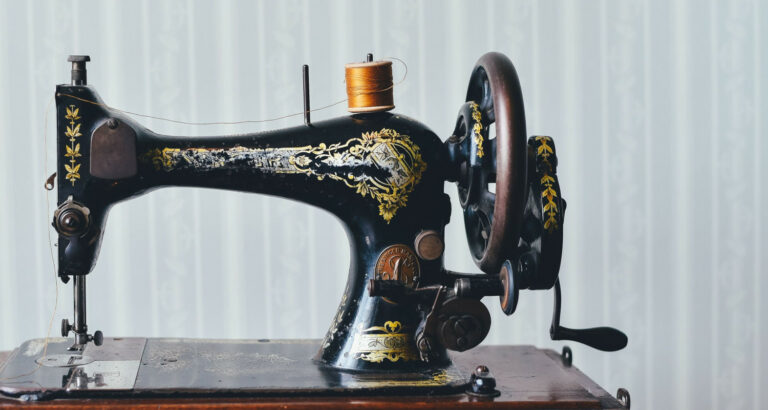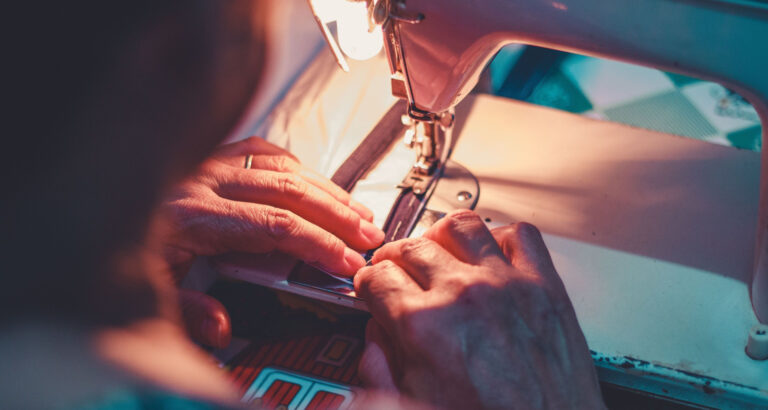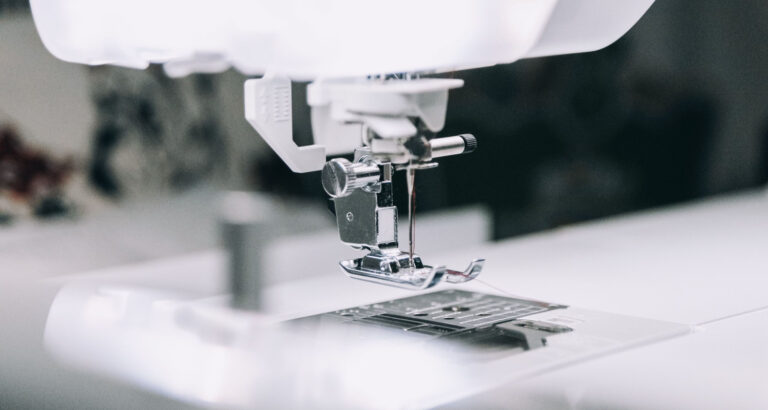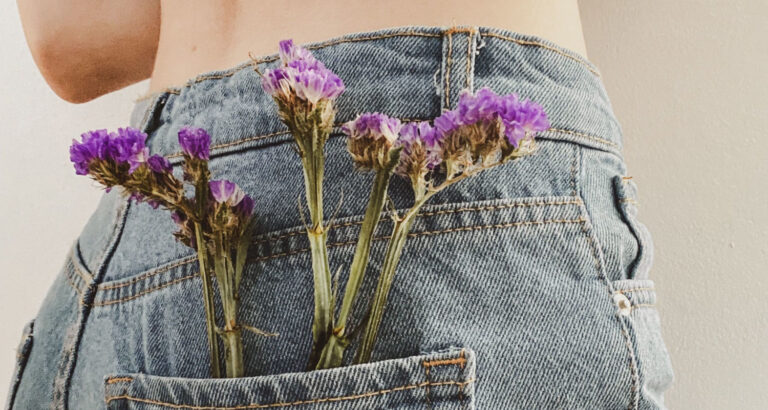In sewing, a “nap” refers to the directional texture of certain fabrics, like velvet or corduroy. The nap creates a different surface with fibers in a specific direction, causing the fabric to appear darker or lighter when viewed from different angles. Understanding nap is vital for proper fabric layout and cutting. In this article, we will thoroughly understand “what a nap is in sewing.”
In sewing, “nap” refers to the Fabric fabric where the fibers are brushed or raised to create a distinct direction, resulting in varying shades of color and sheen. Fabrics like velvet, corduroy, and fur possess a nap that must be considered when cutting and putting together the pieces to maintain steady visual and tactile effects. I foyu are on any other site, you might want to check this article on Crafting trends you need to know about in 2015.
Read the article “What is a Nap in Sewing? Understanding Sewing Terminology” to learn more about sewing naps. Understanding “nap” helps ensure fabric consistency, avoiding directional flaws. Learning the sewing language said accuracy, nurturing better results. Expand your sewing knowledge for enhanced craftsmanship and better fabric handling.
See Also: Sewing Projects For Adults: Inspiring Ideas For 2023
What is a nap in sewing? What is a Fabric Nap?
Fabric nap alludes to the raised or brushed fabric surface that makes a noticeable material contrast when seen from various points. This surface results from the strands being touched in a specific bearing during the assembling system.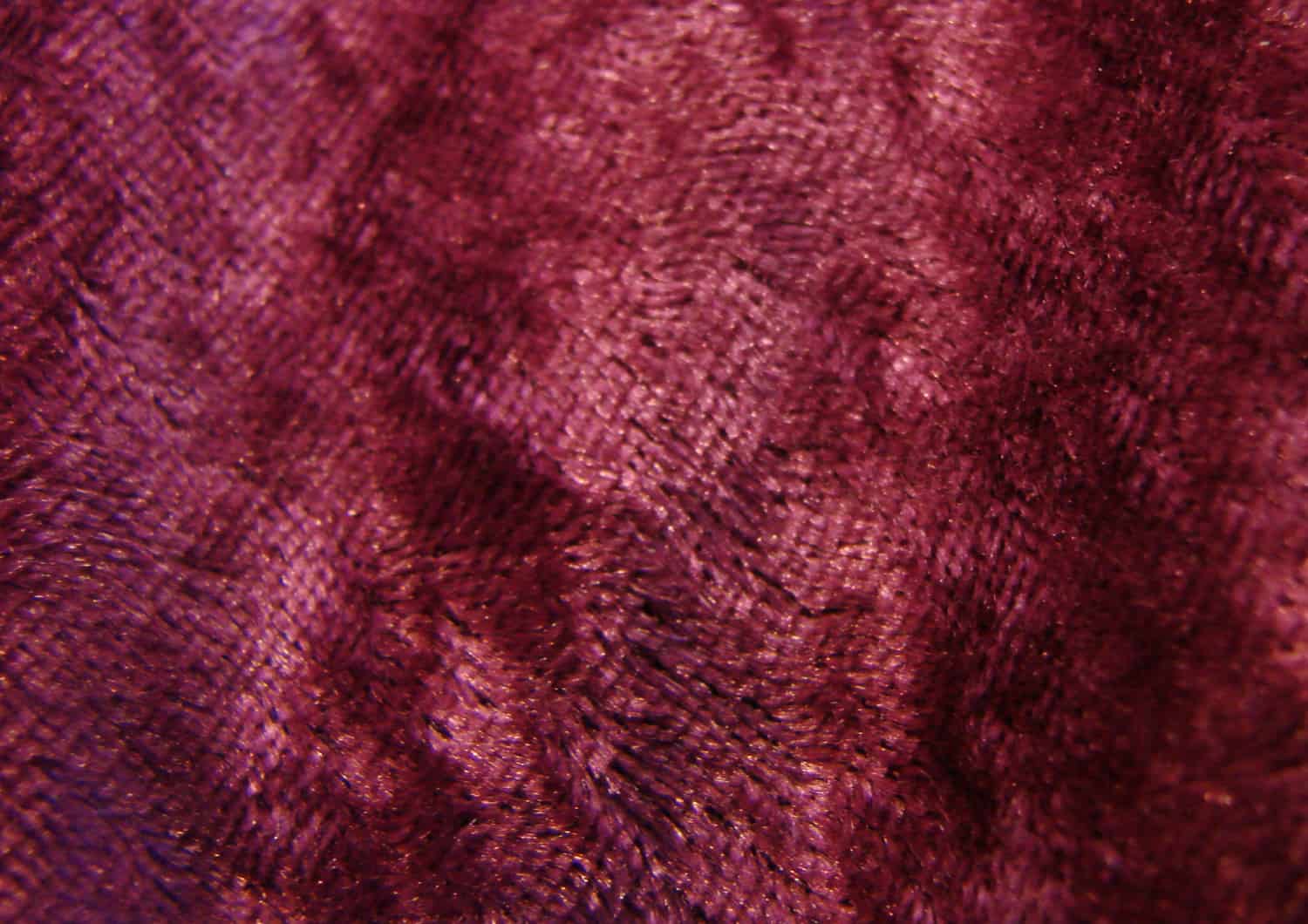
Fabrics with nap show varieties in variety, sheen and texture dependent upon the point of the filaments. Understanding Fabric nap is significant in sewing since it influences the general look and feel of a completed piece of clothing or venture.
See also: MAKE IT: FABRIC CARD WALLET
Correlation with Creature Fur:
Contrasting Fabric nap with creature fur can give an unmistakable relationship. Similarly, petting a feline or canine this way modifies how their skin looks and feels; fabric nap likewise changes its appearance depending on the strands’ bearing.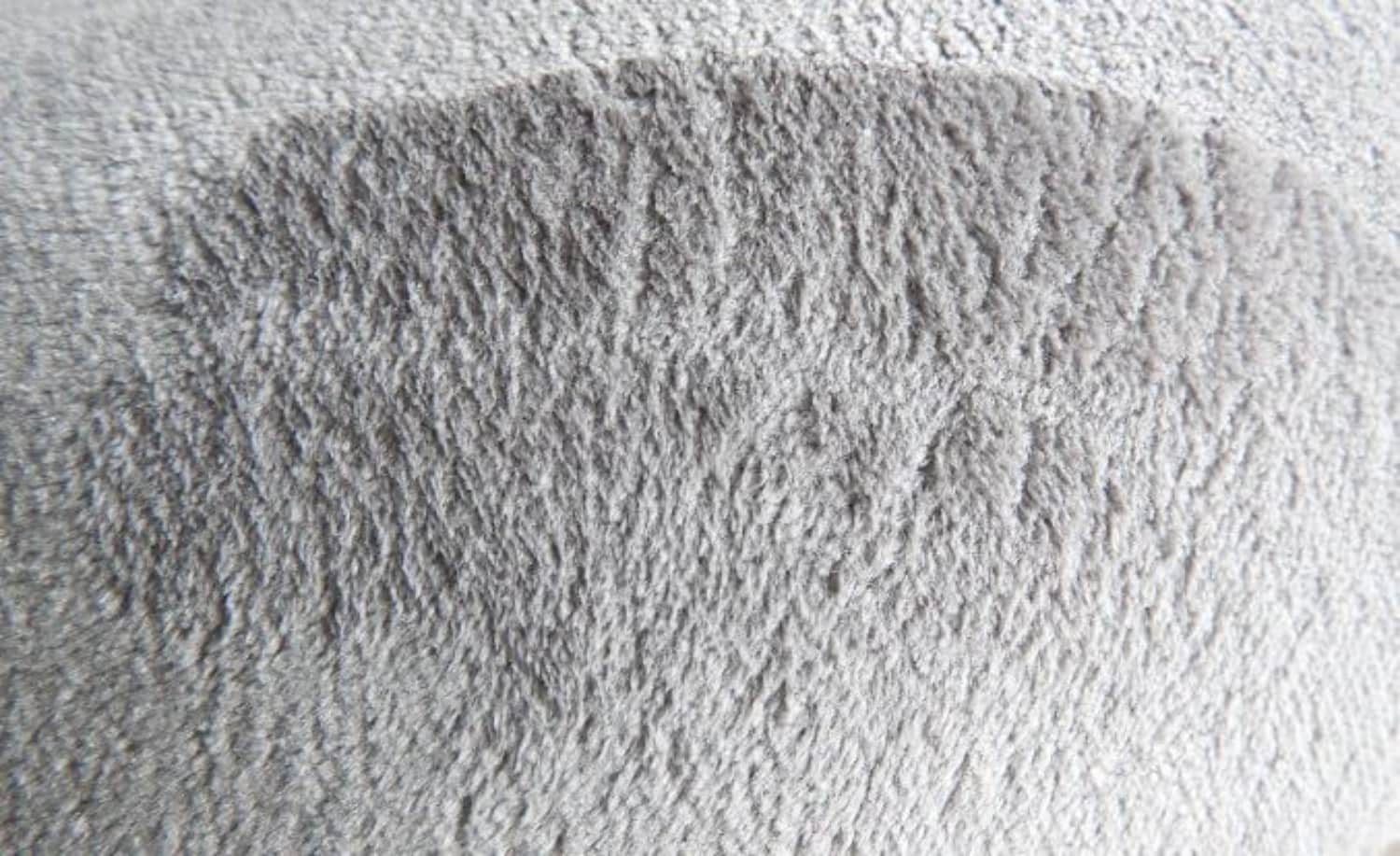
While sewing with Fabrics like velvet or artificial hair, if the rest isn’t in every case situated in a similar approach across various example pieces, the completed thing might display recognizable varieties in variety, force, and sheen, making a lopsided and amateurish appearance.
See also: Make it: DSLR camera pouch with pdf download
Impact of Light on Fabric Nap:
Light assumes a massive part in featuring the impacts of Fabric nap. At the point when light hits a Fabric with a rest, it is either ingested or considered contrastingly based on the heading of the filaments.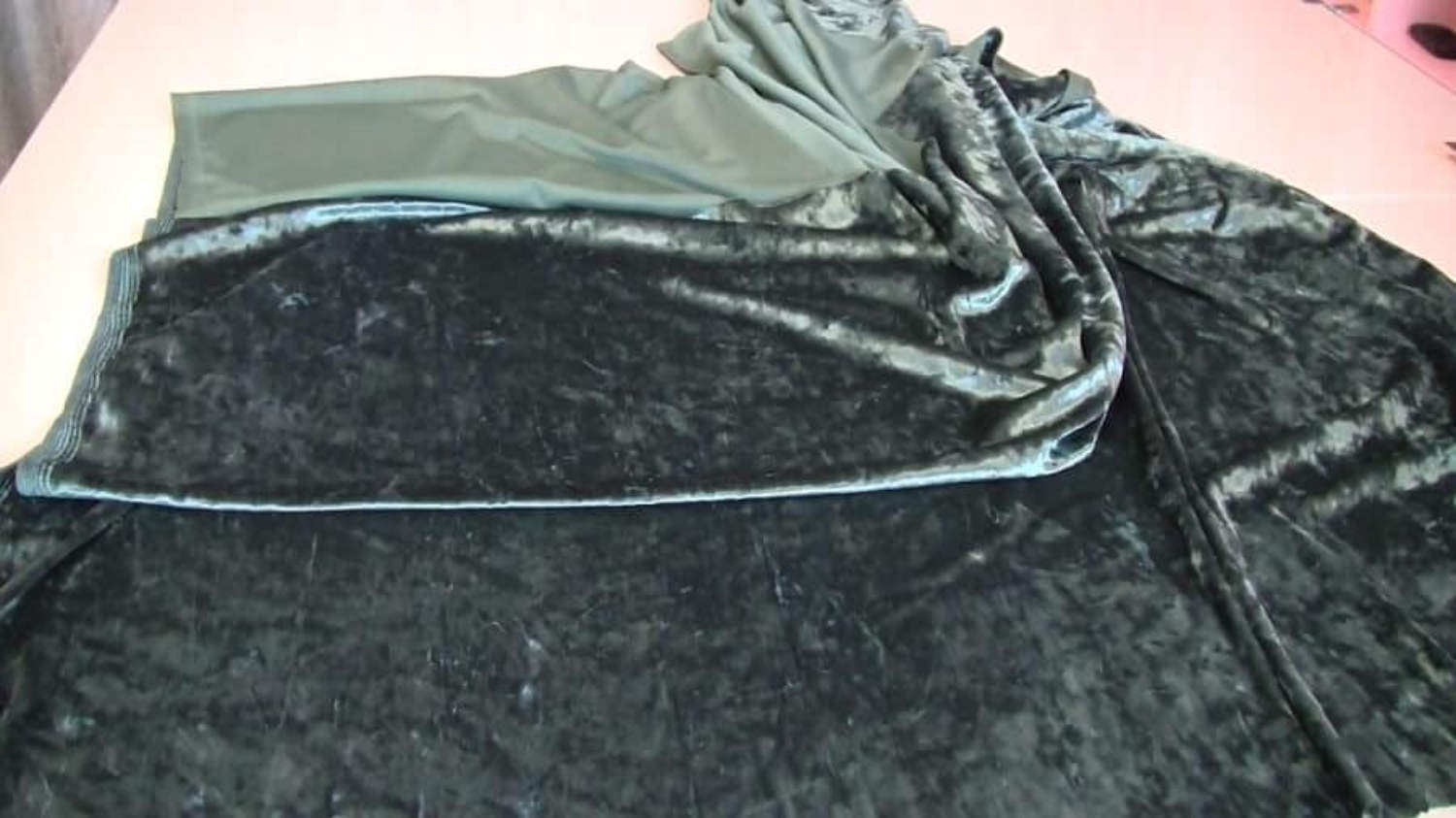
In one bearing, the fabric might seem more obscure and smoother, while the other way, it could look lighter and shinier. This peculiarity is especially apparent under direct lighting or when the fabric is hung or assembled.
Subsequently, it’s fundamental to consider the bearing of the nap while cutting example pieces, as putting them conflictingly could prompt an ugly interwoven impact when presented with various lighting conditions.
Fabrics that Have a Nap
A few Fabrics display a particular nap because of how their strands are handled and adjusted. These Fabrics have remarkable visual and material characteristics that make them ideal for specific undertakings. A few regular Fabrics with nap include:
Velvet:
Velvet is a luxurious textile characterized by its dense, plush pile, creating a refined and opulent texture.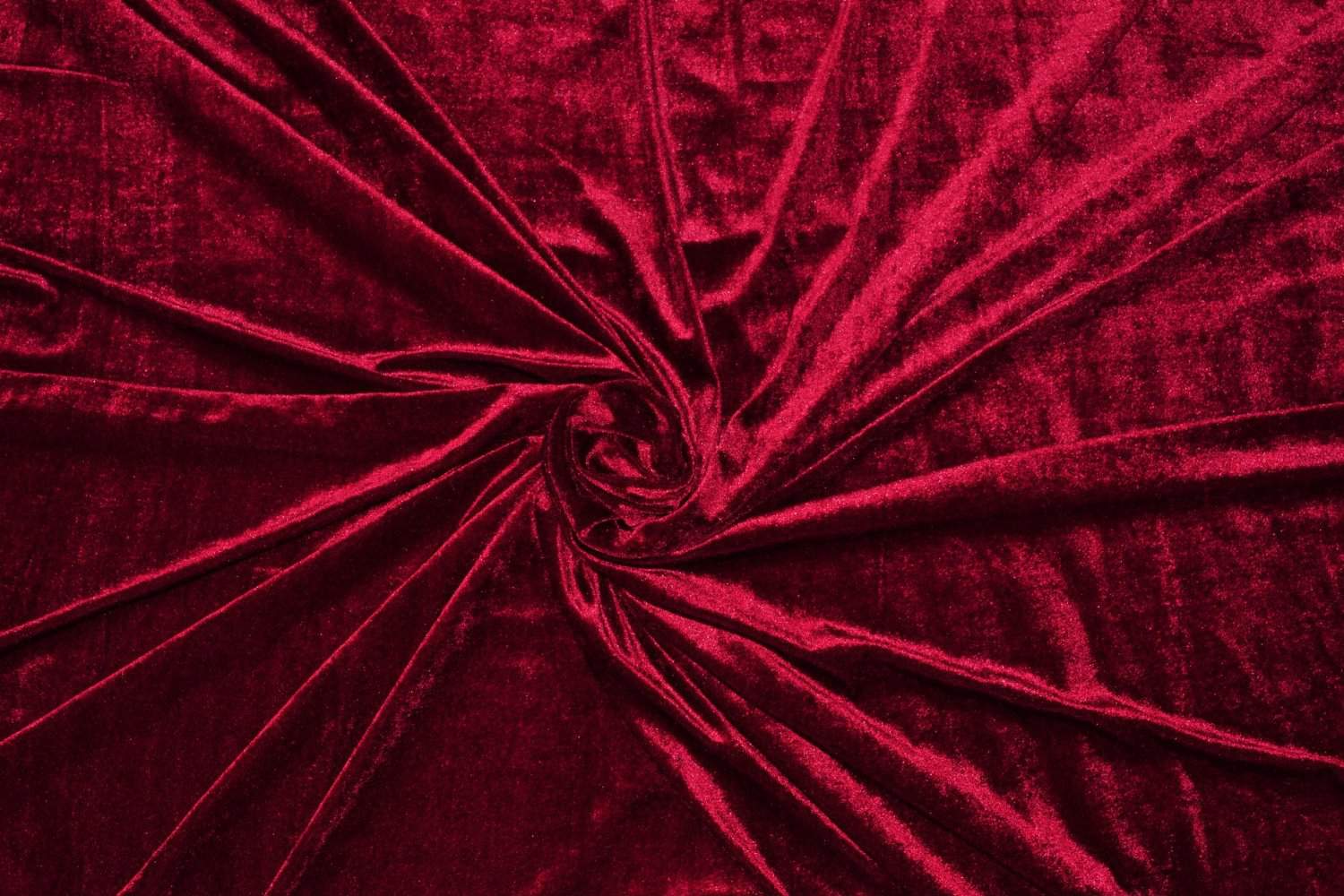
It mirrors light distinctively in different headings, giving it a rich and charming appearance.
Corduroy:
Corduroy highlights raised equal lines or “ridges” from its woven design.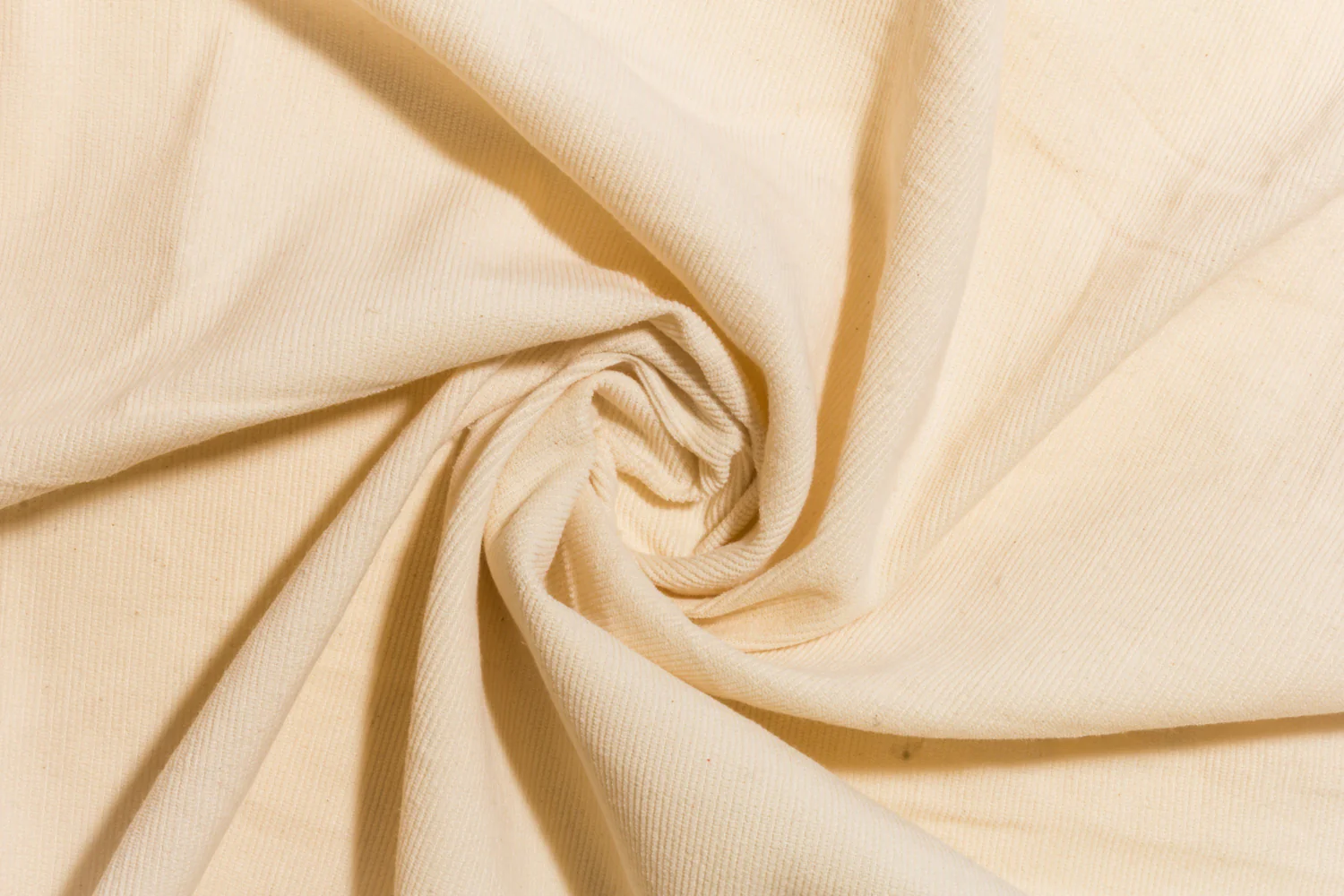
The nap is accomplished by brushing and adjusting the strands, making a ribbed surface that can fluctuate in thickness and non-abrasiveness.
Fake Fur:
Frequently utilized for outerwear and embellishments, false fur impersonates the presence of genuine hair.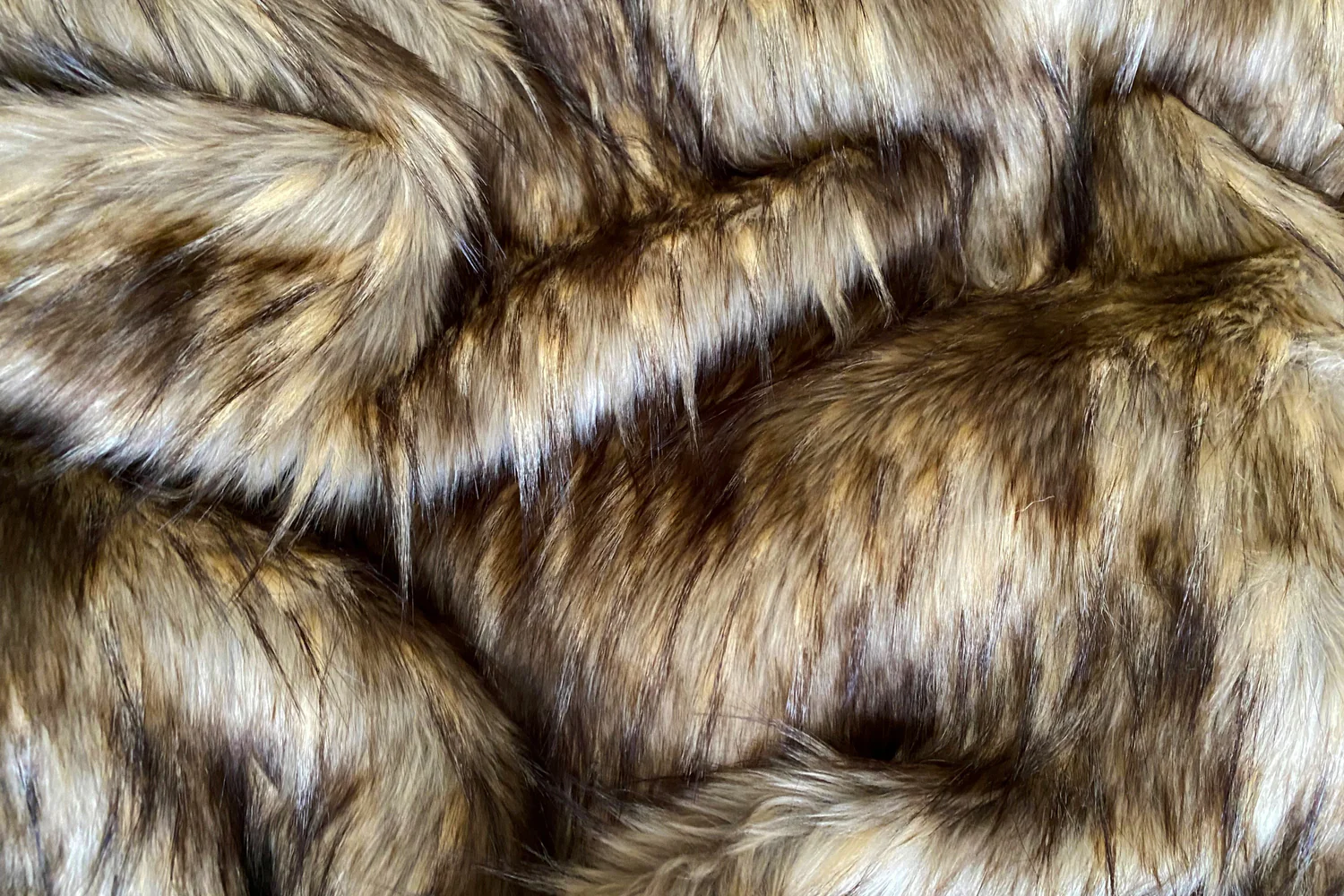
It has a material nap that should be considered when sewing, as its heading influences its visual allure and warmth.
Softened cowhide:
Calfskin is a kind of calfskin with a smooth nap on its surface.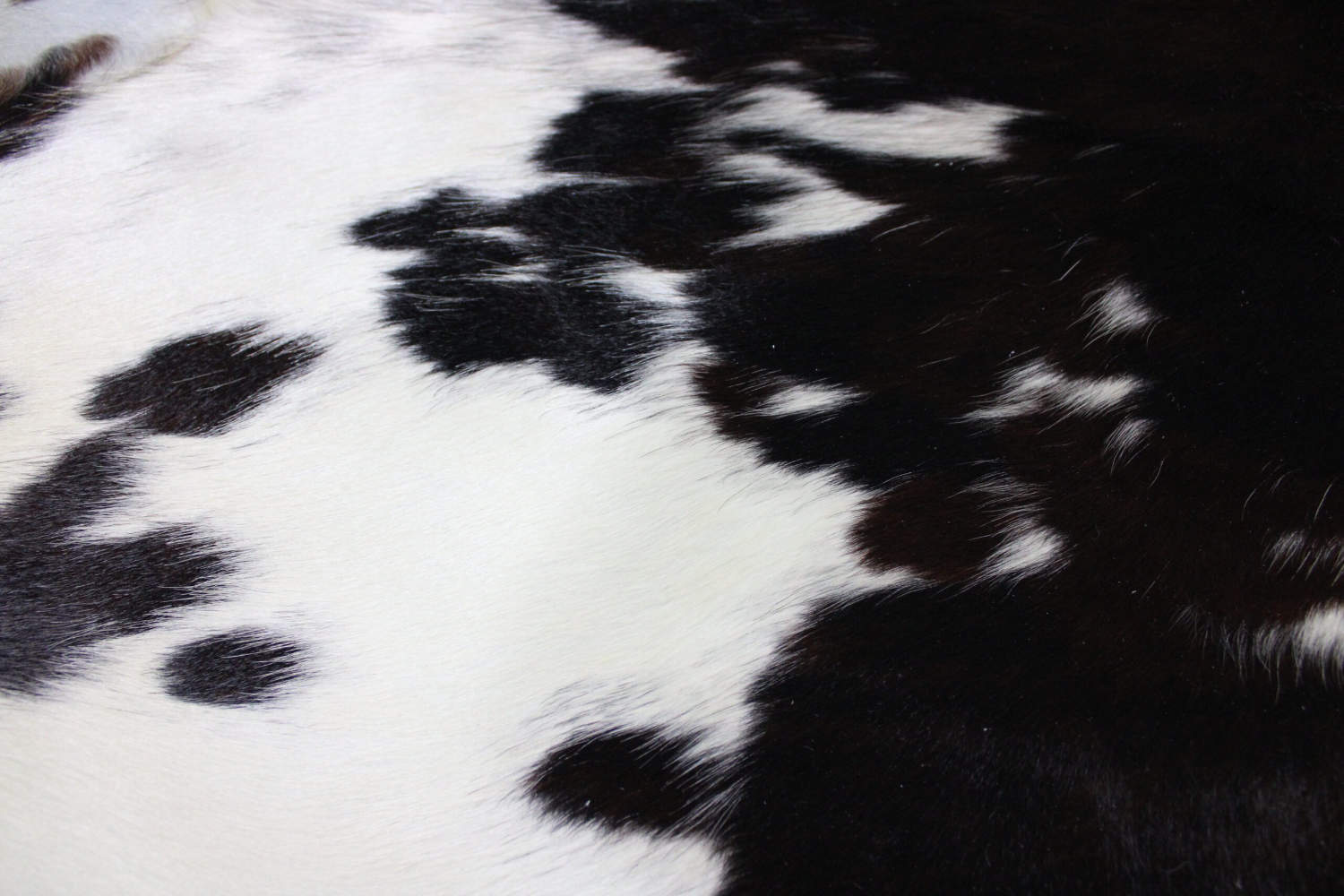
It has a delicate and fluffy texture that adds class to clothing, footwear, and frills.
Instructions to Recognize Fabrics with Nap:
Recognizing Fabrics with a nap is critical to guarantee that you work with the fabric’s qualities. This is the way you can decide whether a Fabric has a rest:
Visual Review:
Take a gander at the fabric’s surface. When seen from various points, materials with a nap will have a perceptible variety in variety and sheen.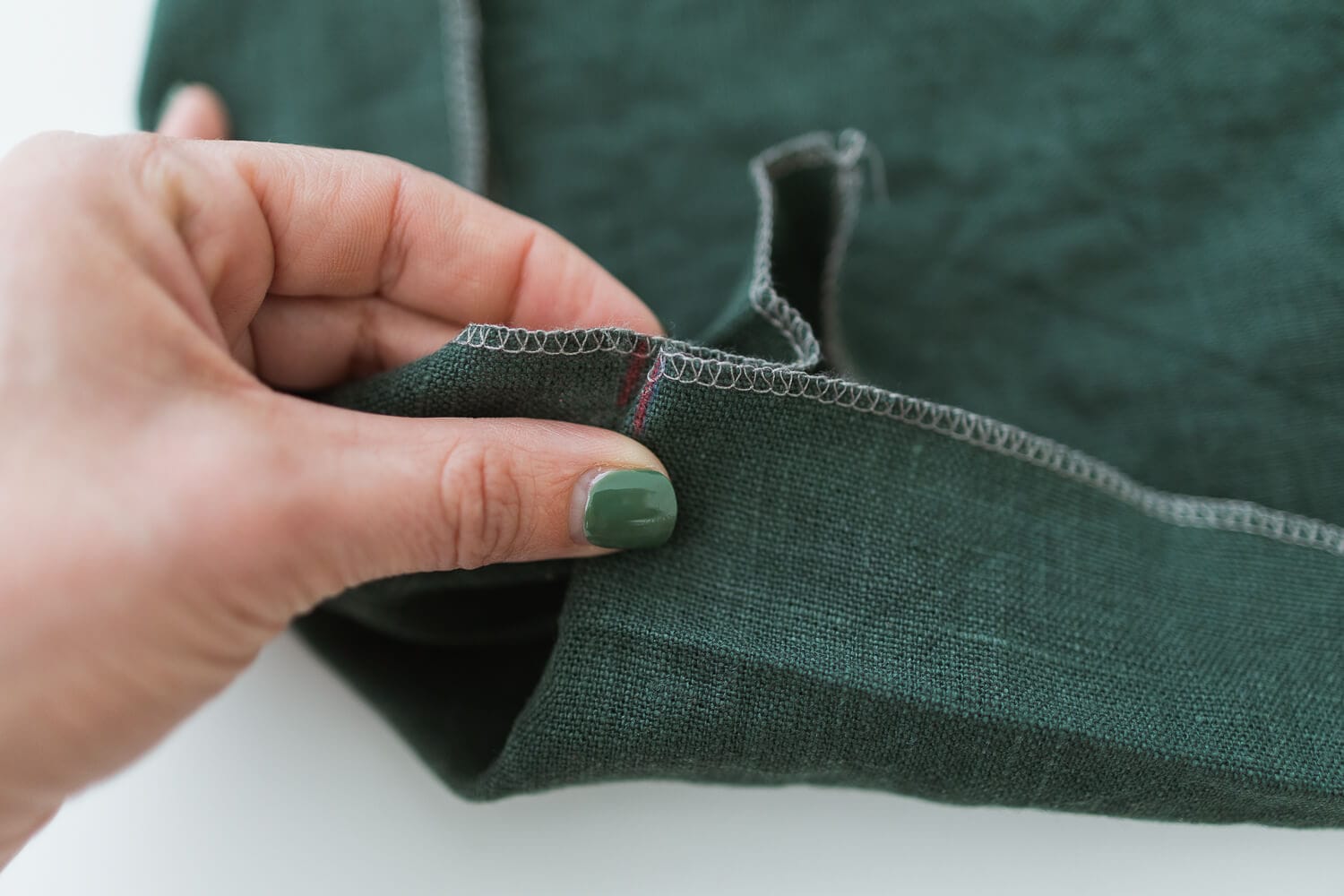
Material Test:
Run your hand across the fabric every which way.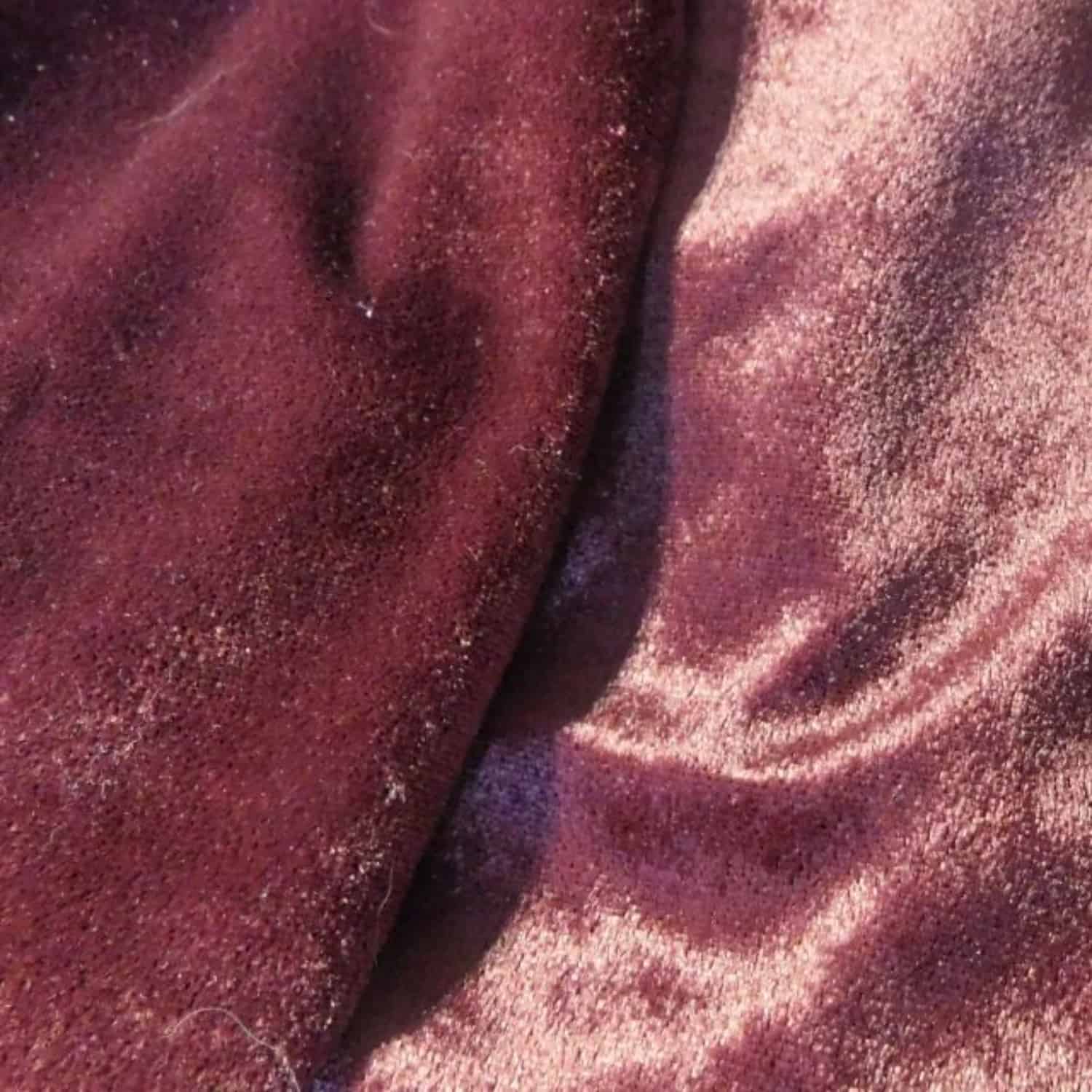
You’ll feel a hidden contrast in the surface as the strands lay level in one bearing and raise the other way.
Lighting Test:
Look at the fabric under various lighting conditions.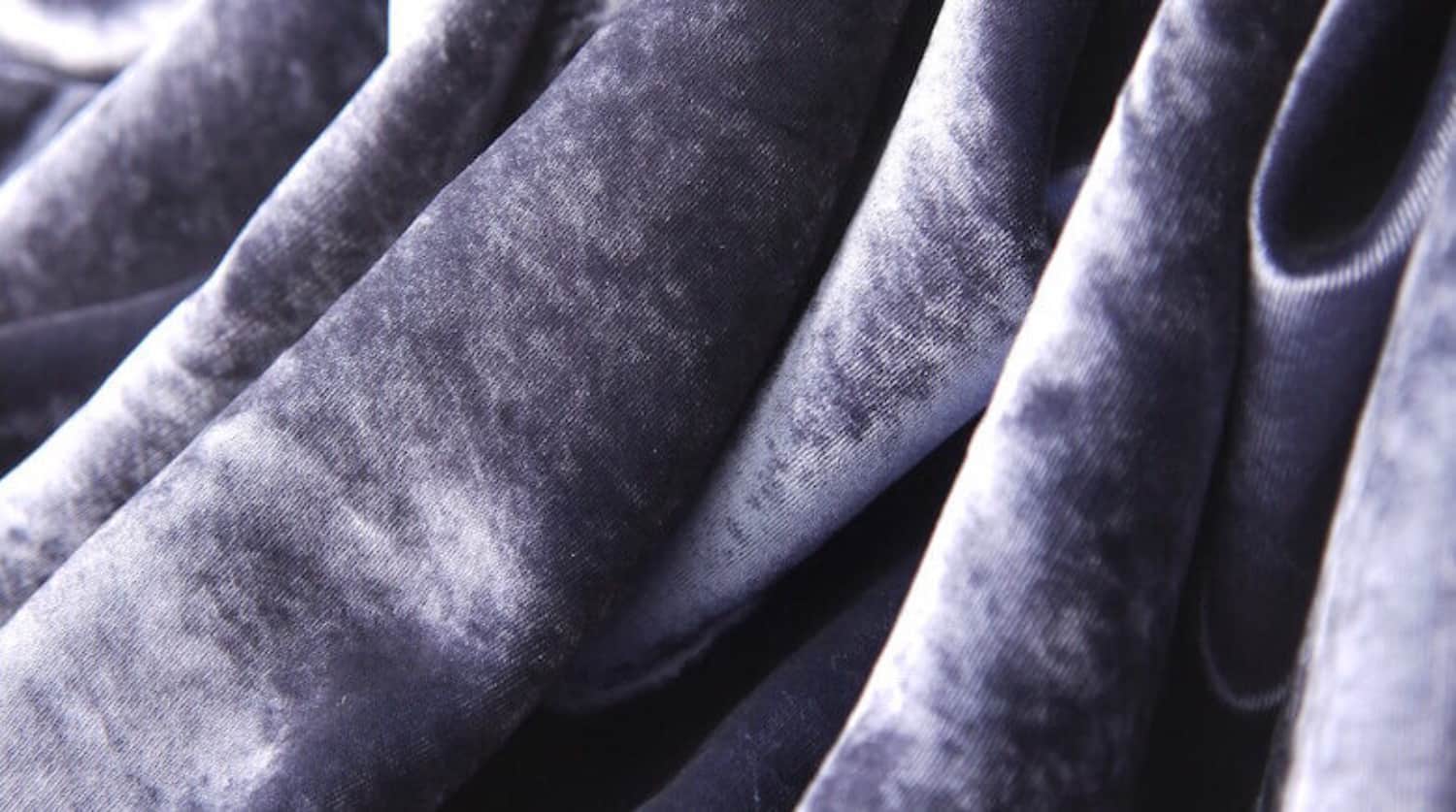
Materials with a nap will seem hazier or lighter, contingent upon how the strands mirror light.
Squeeze Test:
Delicately squeeze the fabric every which way. You’ll feel opposition toward the nap because of the arrangement of the strands.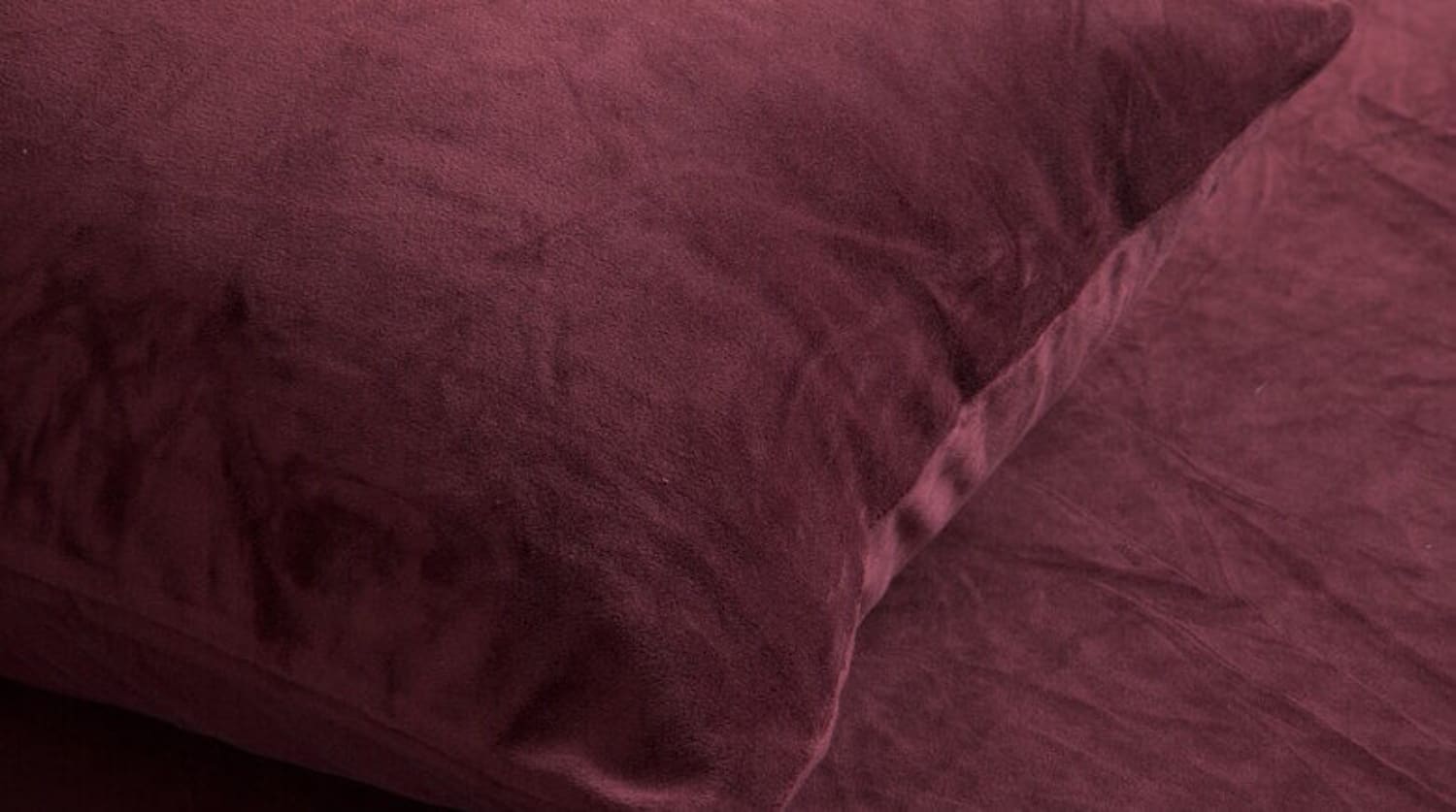
Design Markings:
If you are working with an example, check for markings demonstrating the heading of the nap. 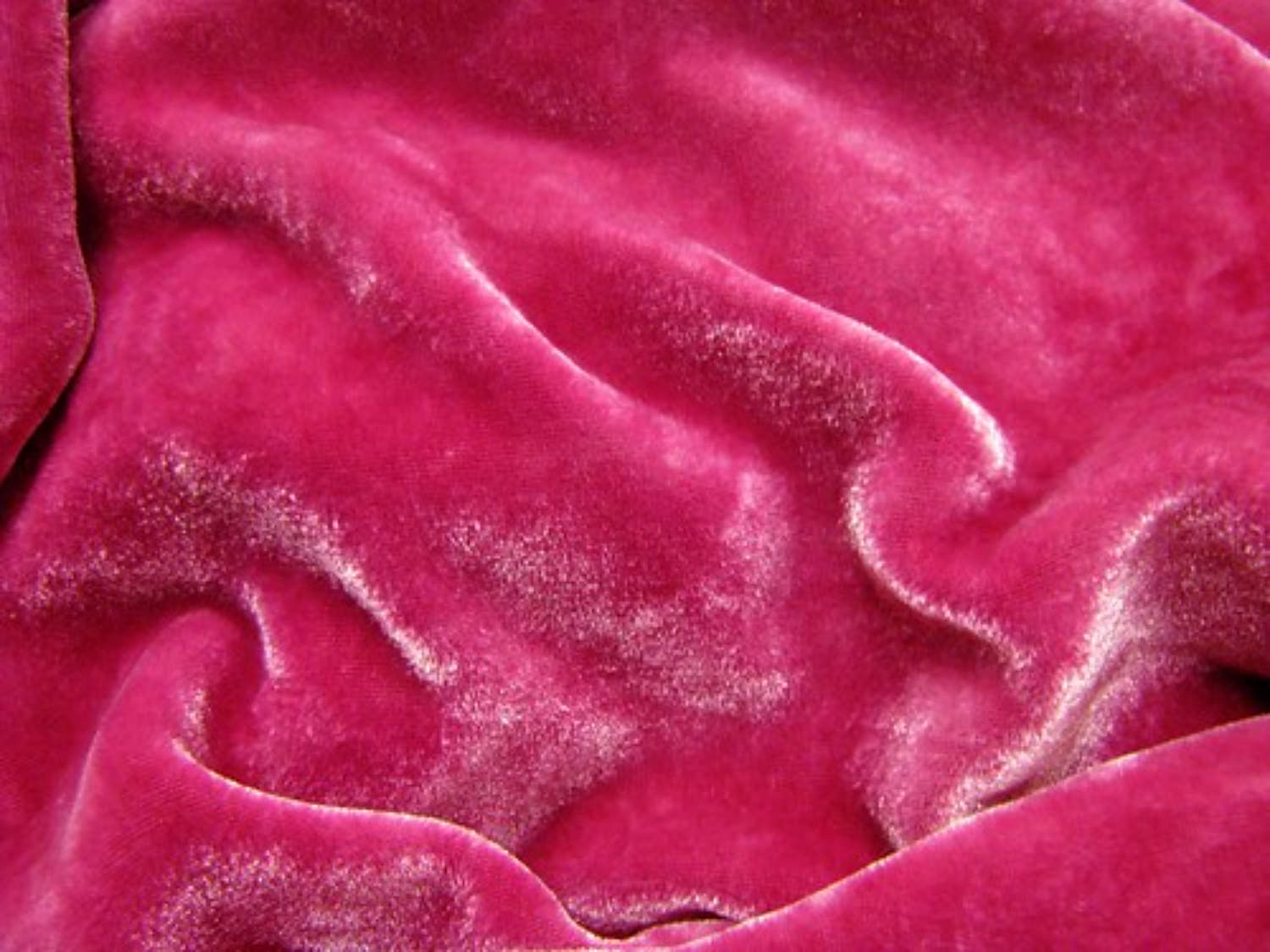
Integrating Fabrics with nap into your sewing projects requires cautious thought of their exceptional attributes. Having the option to recognize and work with these Fabrics accurately will assist you with making things that grandstand their excellence and surface successfully.
The Idea of a One-Directional Plan
The one-directional plan is an idea in visual expressions and programs where the components of an organization are coordinated to direct the watcher’s consideration in a particular heading.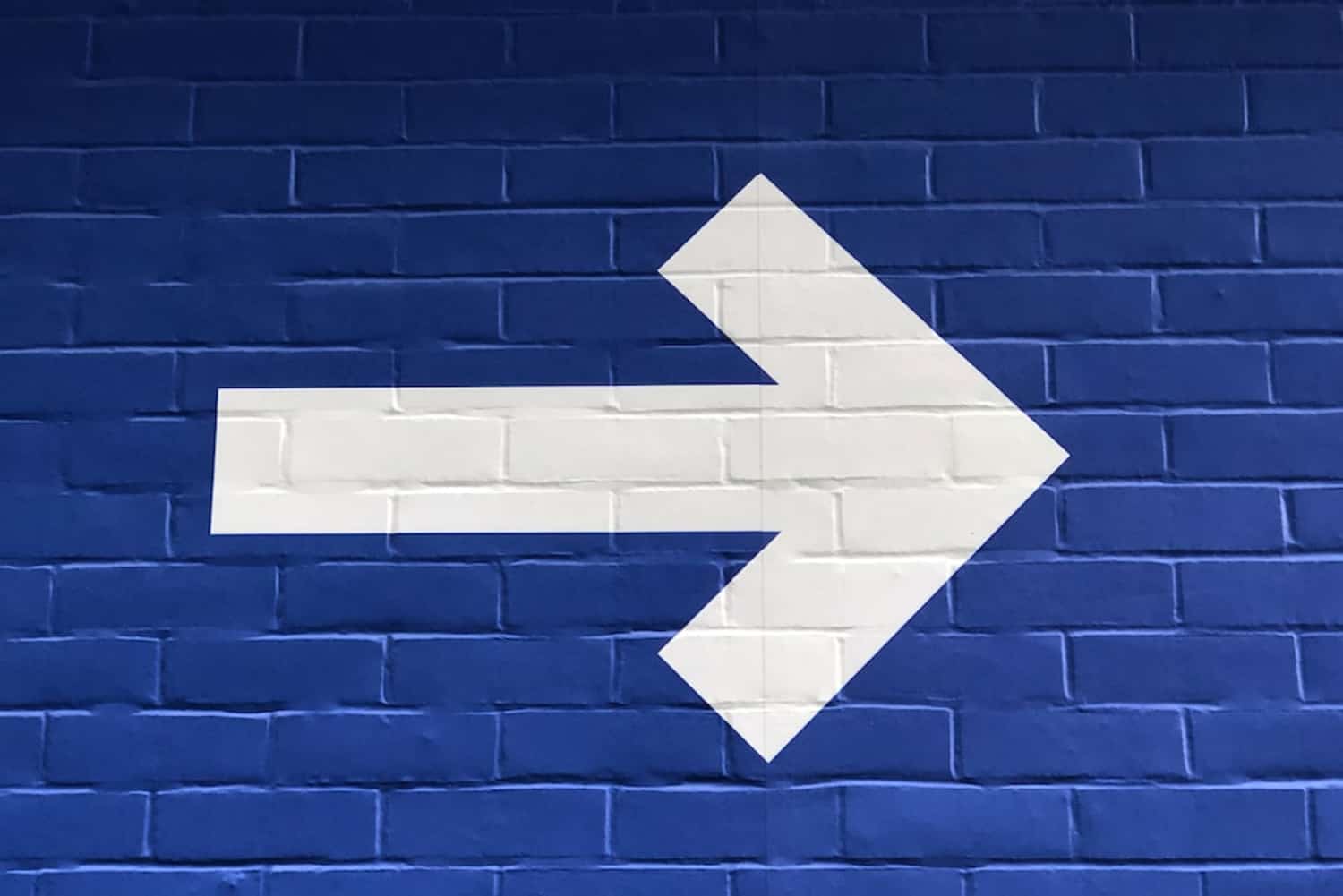
This strategy is utilized to make a feeling of development, accentuation, or concordance inside a plan. By controlling the progression of visual data, a one-directional program guarantees that the watcher’s look is coordinated along a specific way, upgrading the general effect of the craftsmanship or plan.
Connection to Fabric Nap:
The one-directional plan is firmly connected with Fabric nap, mainly while working with Fabrics that display a nap. Fabrics’ intrinsic visual and material properties with rest typically apply to this planning rule. The nap’s directional variety, sheen, and surface can be saddled to make a purposeful and durable plan.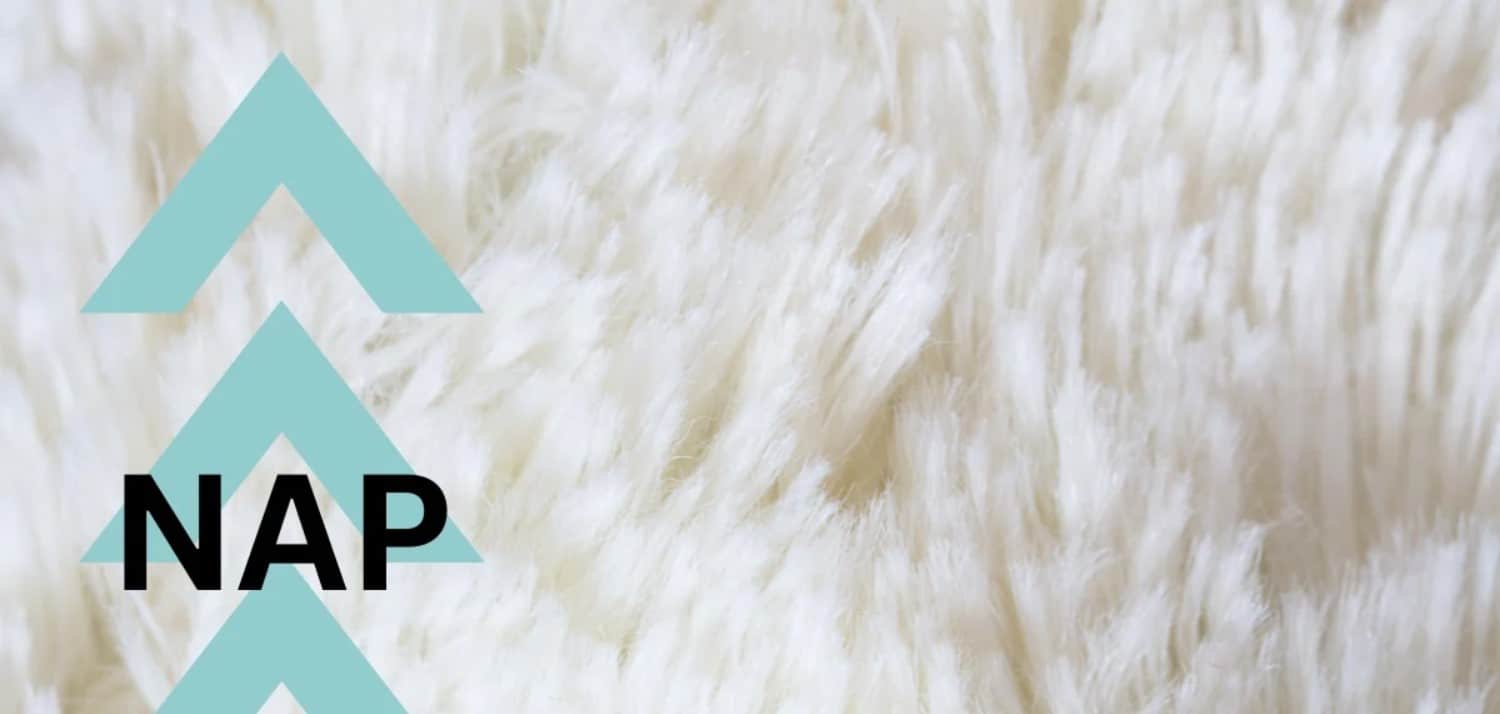
While integrating Fabrics with naps into sewing projects, understanding their nap heading permits you to adjust the plan’s components to the nap’s progression.
For example, assuming you’re making a piece of clothing utilizing velvet Fabric with a rest that mirrors light contrastingly in one bearing, you can situate design parts to exploit this impact.
This makes an outwardly engaging and agreeable plan, as the play of light and shadow will underline the plan components reliably.
Alternately, forgetting to consider the nap course while planning and slicing Fabric pieces can prompt incoherent or conflicting visuals. Skewed naps can disturb the planned progression of the plan and result in patches of variety that degrade the general style.
Generally, consolidating the idea of the one-directional plan while working with Fabrics that have nap assists with fitting the material and visual parts of the fabric, bringing about a more clean and purposeful result.
By adjusting the plan components to the nap course, you can enhance the effect of the fabric’s intended characteristics and make a more durable and outwardly striking result.
Fabric nap and How much Fabric You Want
Fabric nap can influence how much fabric is expected for a sewing project. While working with Fabrics that have a rest, like velvet, corduroy, or false fur, it’s vital to represent the bearing of the nap while computing the Fabric yardage required.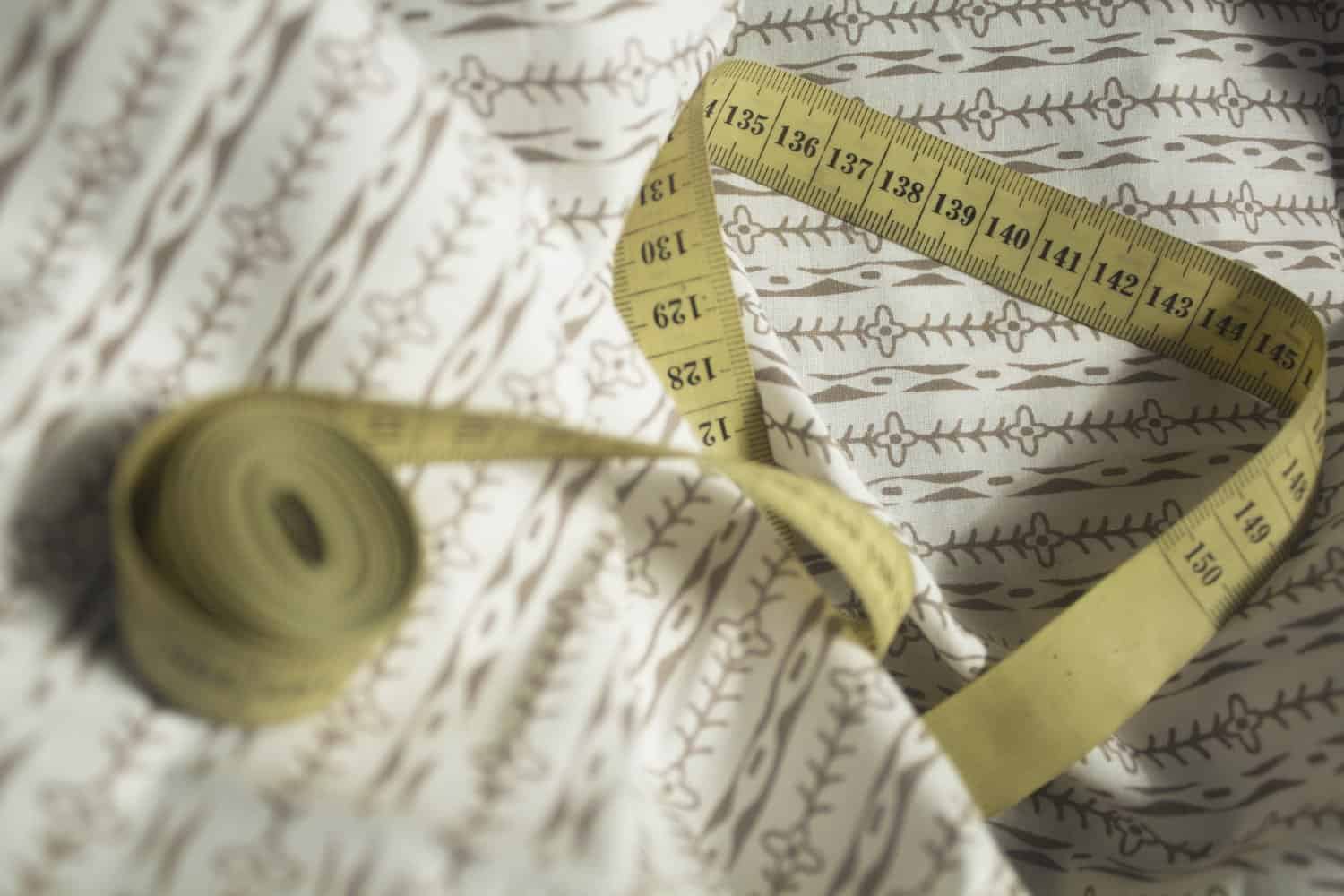
The inability to do so could bring about deficient fabric and an undertaking that doesn’t adjust as expected or needs to catch up on wanted visual consistency.
What Fabric Nap Means for Fabric Amount for an Undertaking:
At the point when the fabric has a nap, the course in which the strands lie influences how the material mirrors light and appears to the eye. To oblige this, the extra fabric should be figured into your computations.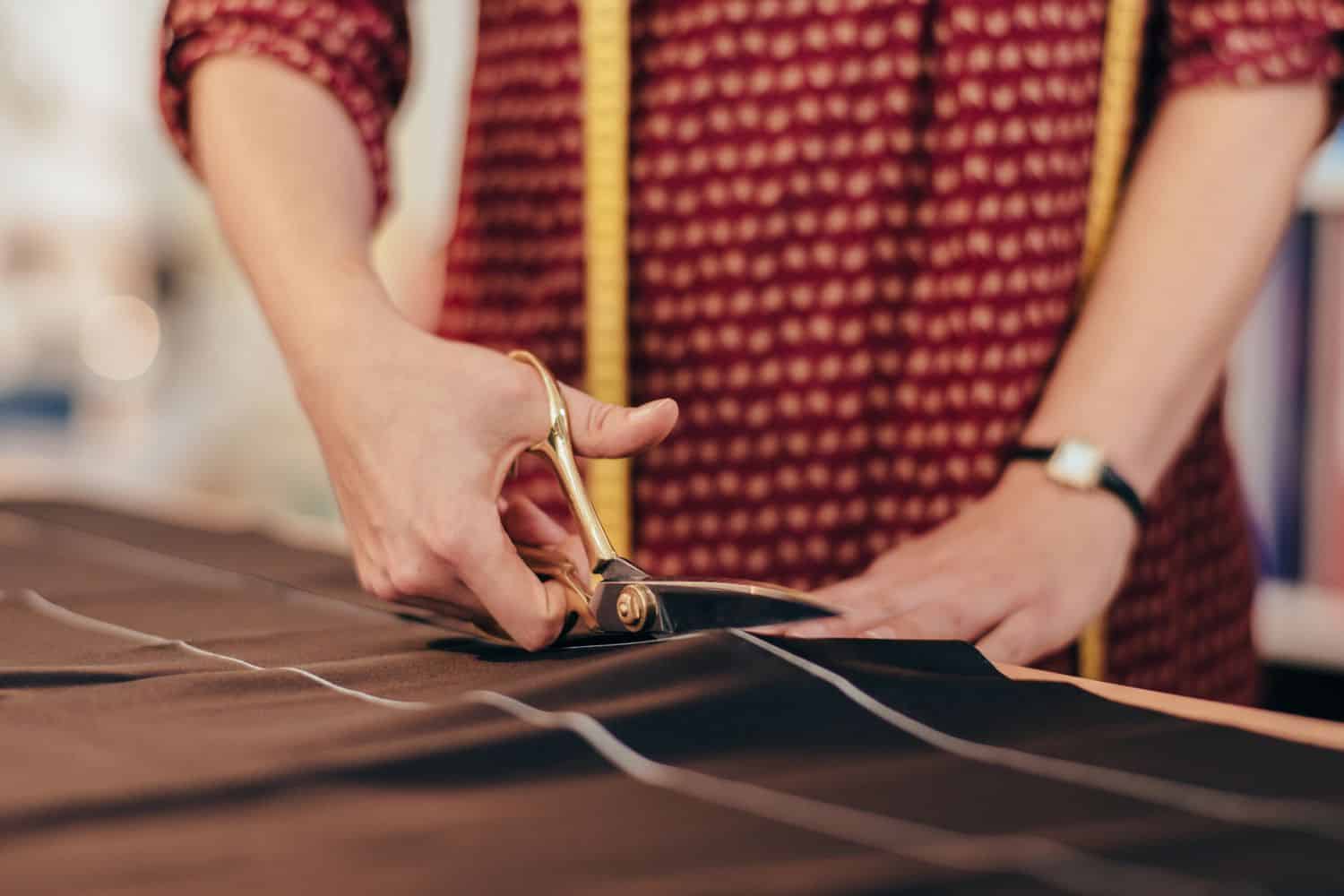
While cutting example pieces from fabric with nap, each article should be sliced in a similar heading to guarantee consistency in variety and surface.
For example, if you’re sewing a coat using a Fabric with a nap, and the nap course runs through and through, you’ll require additional yardage to represent the nap’s unique imagery. If you cut the pieces randomly, the coat could show a confused appearance because of varieties in variety and sheen brought about by the varying nap headings.
Understanding Example Guidelines Connected with a Nap:
Many sewing designs give directions connected with Fabric nap to guarantee steady and tastefully satisfying outcomes. Design directions could include:
Nap Bolts:
Examples with nap touchy Fabrics frequently highlight “nap bolts,” showing the heading wherein the nap ought to run.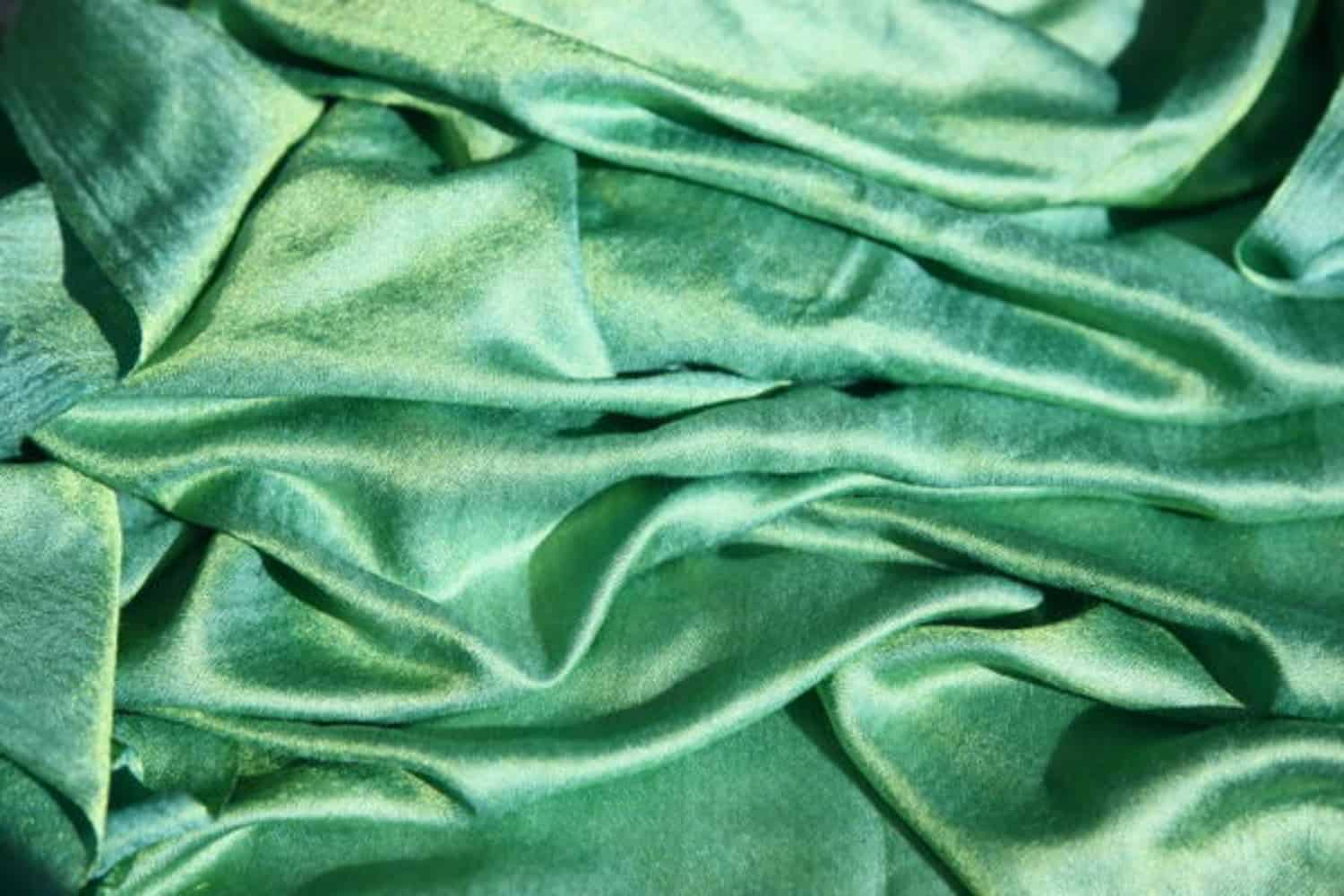
This assists you with cutting the pieces accurately for a uniform appearance.
Format Charts:
Design outlines show the game plan of example pieces on the fabric.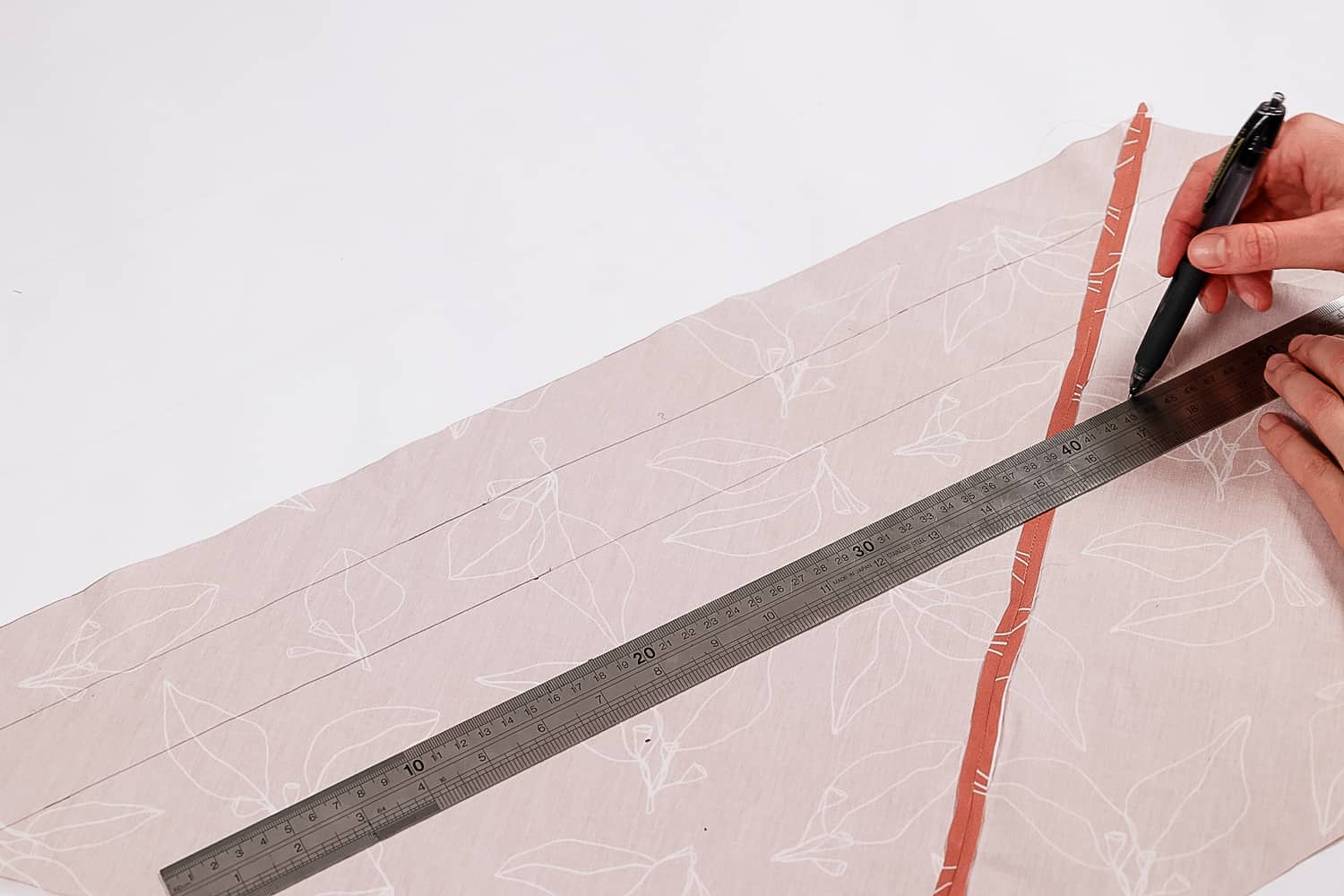
These charts demonstrate the bearing of the nap, making it more straightforward to adjust the amounts suitably.
Extra Yardage:
Examples suggest additional yardage for Fabrics with a nap.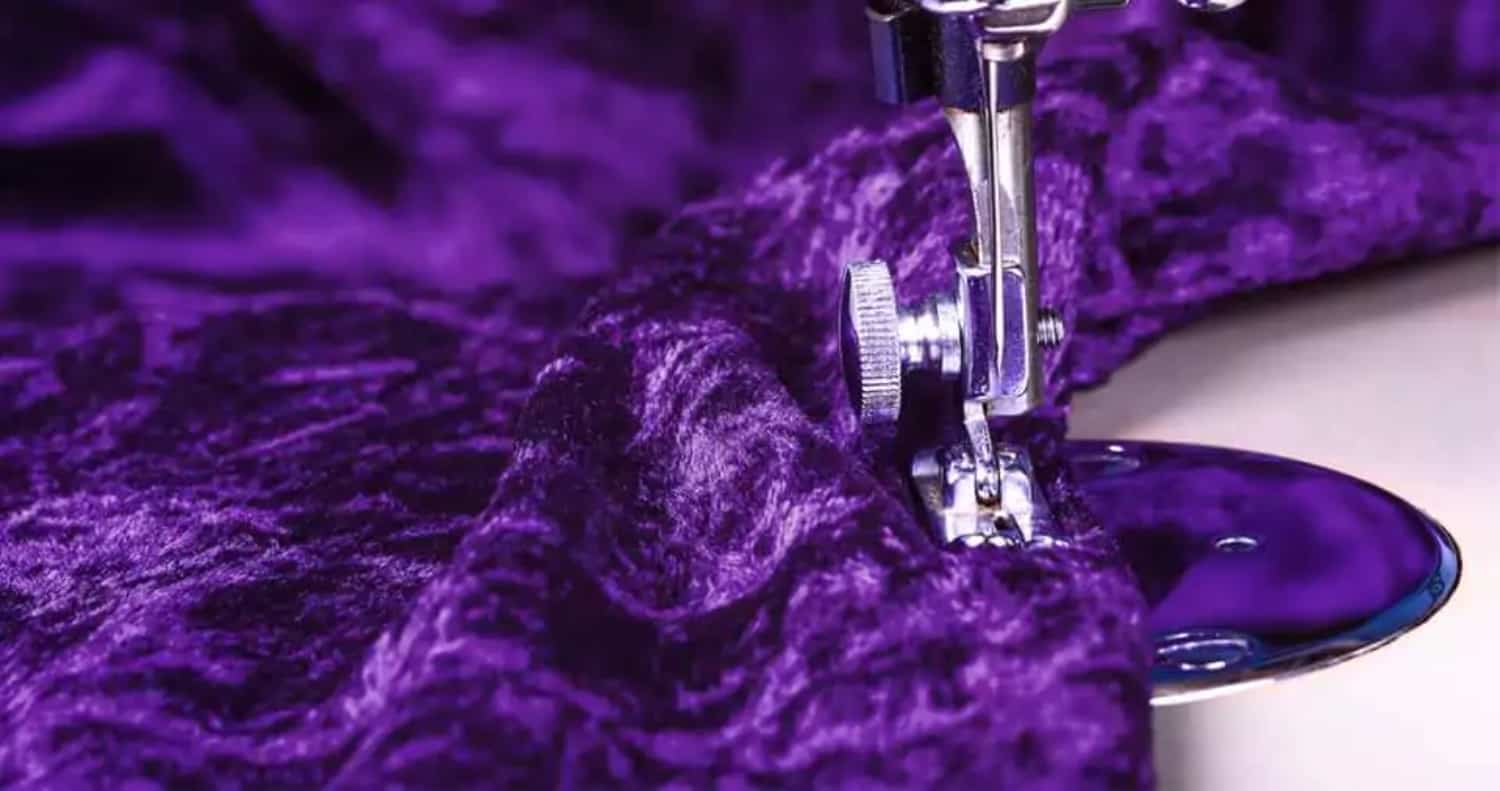
This considers botches during cutting and guarantees sufficient fabric for a reliable rest heading. Also, learn how a sewing machine works!
The most effective method to Work with Fabric nap
Working with Fabric Nap requires consideration and mind to guarantee the ideal visual and material impacts in your sewing projects. Here are a few rules for cutting fabric with a nap:
Recognize nap Heading:
Decide the bearing of the nap by outwardly reviewing the fabric and running your hand across it.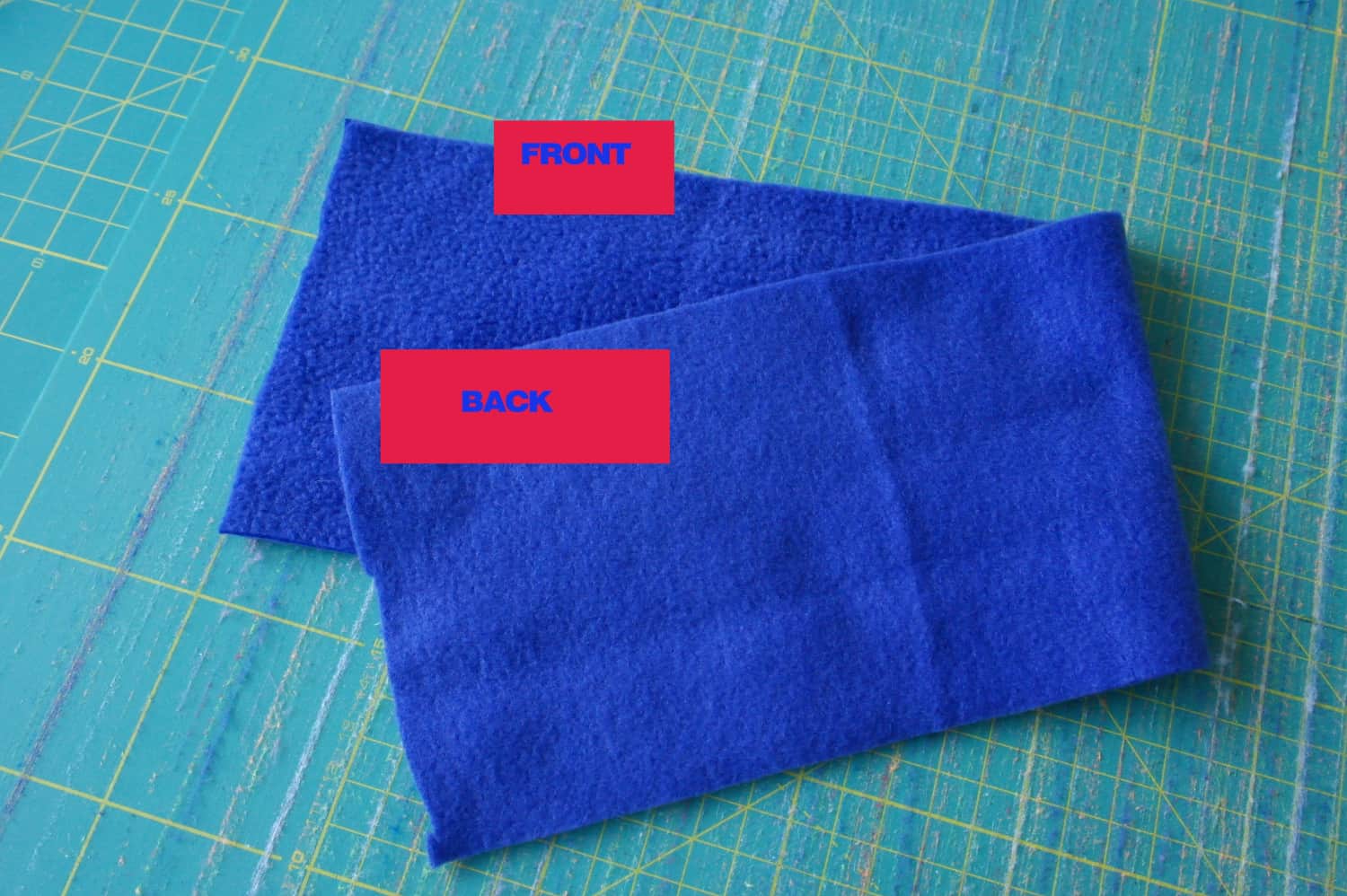
You should have the option to feel the distinction in the surface while brushing the strands in inverse headings.
Adhere to Example Directions:
If you’re utilizing a sewing design, adhere to any nap-related guidelines.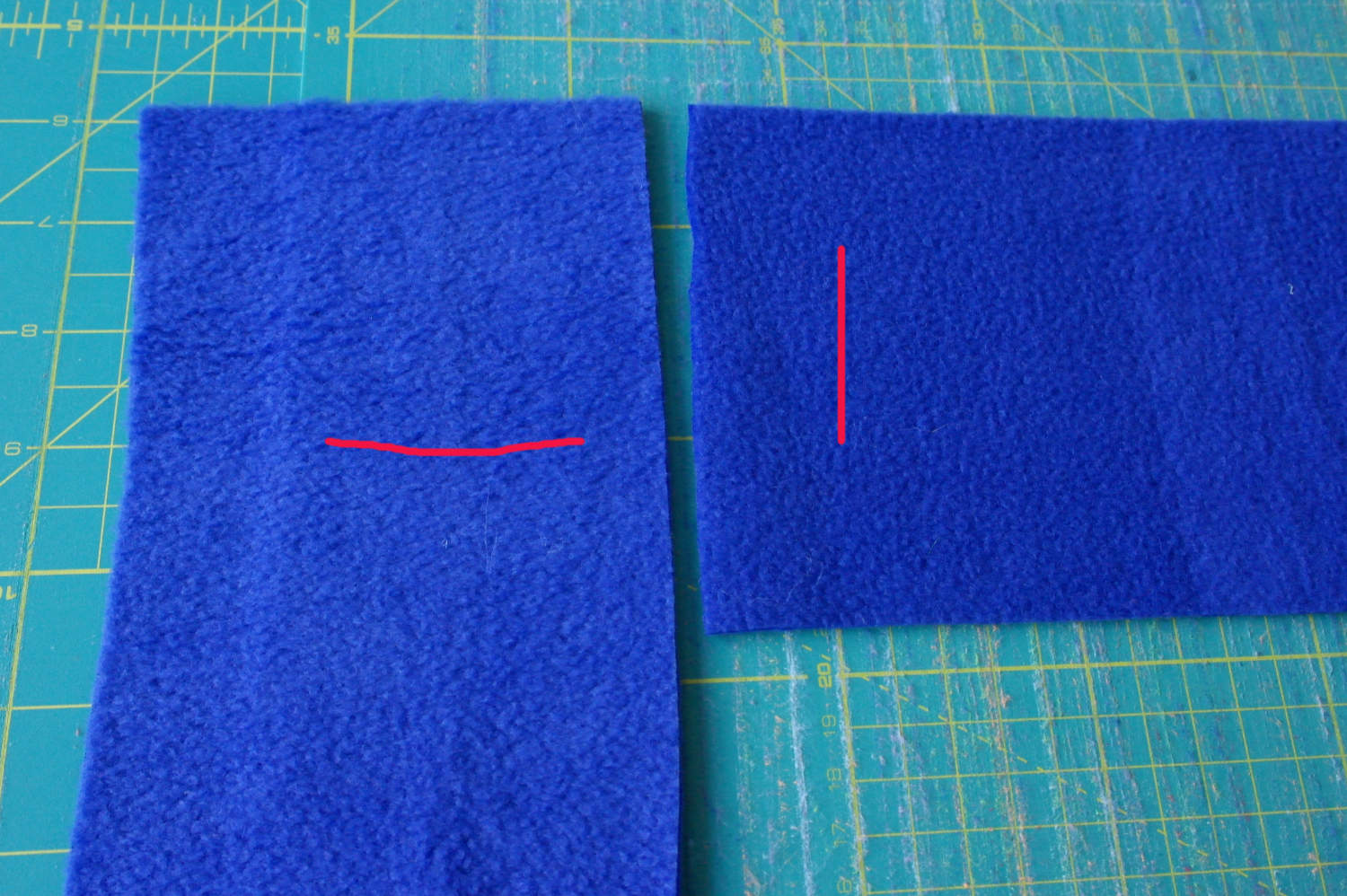 Search for nap bolts or design outlines that show how to put the example pieces on the fabric to keep a steady nap course.
Search for nap bolts or design outlines that show how to put the example pieces on the fabric to keep a steady nap course.
Single Bearing Cutting:
Cut all example pieces in a similar heading to guarantee steadiness in variety and surface.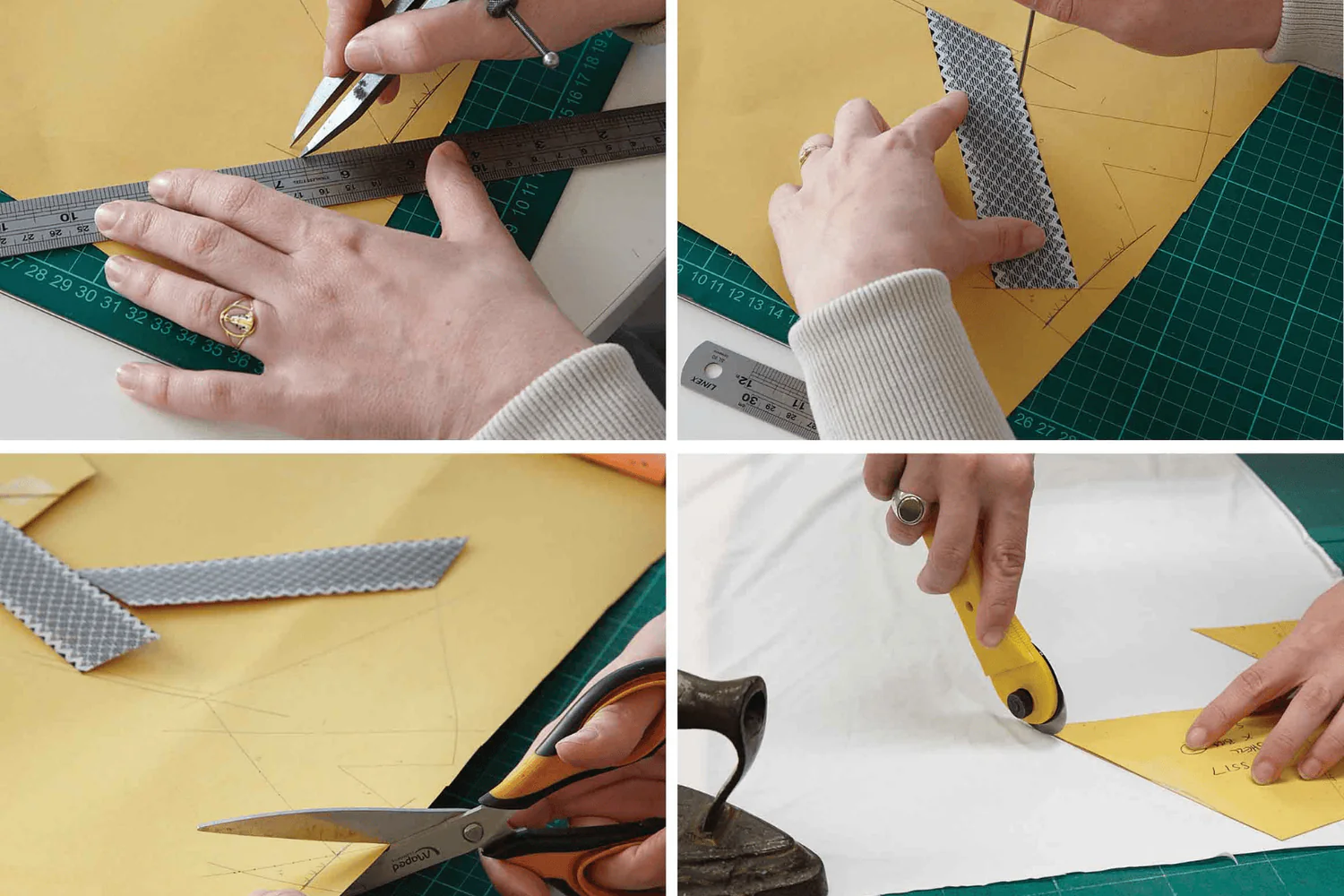
Add Additional Fabric:
Contingent upon the fabric’s nap, think about buying additional yardage.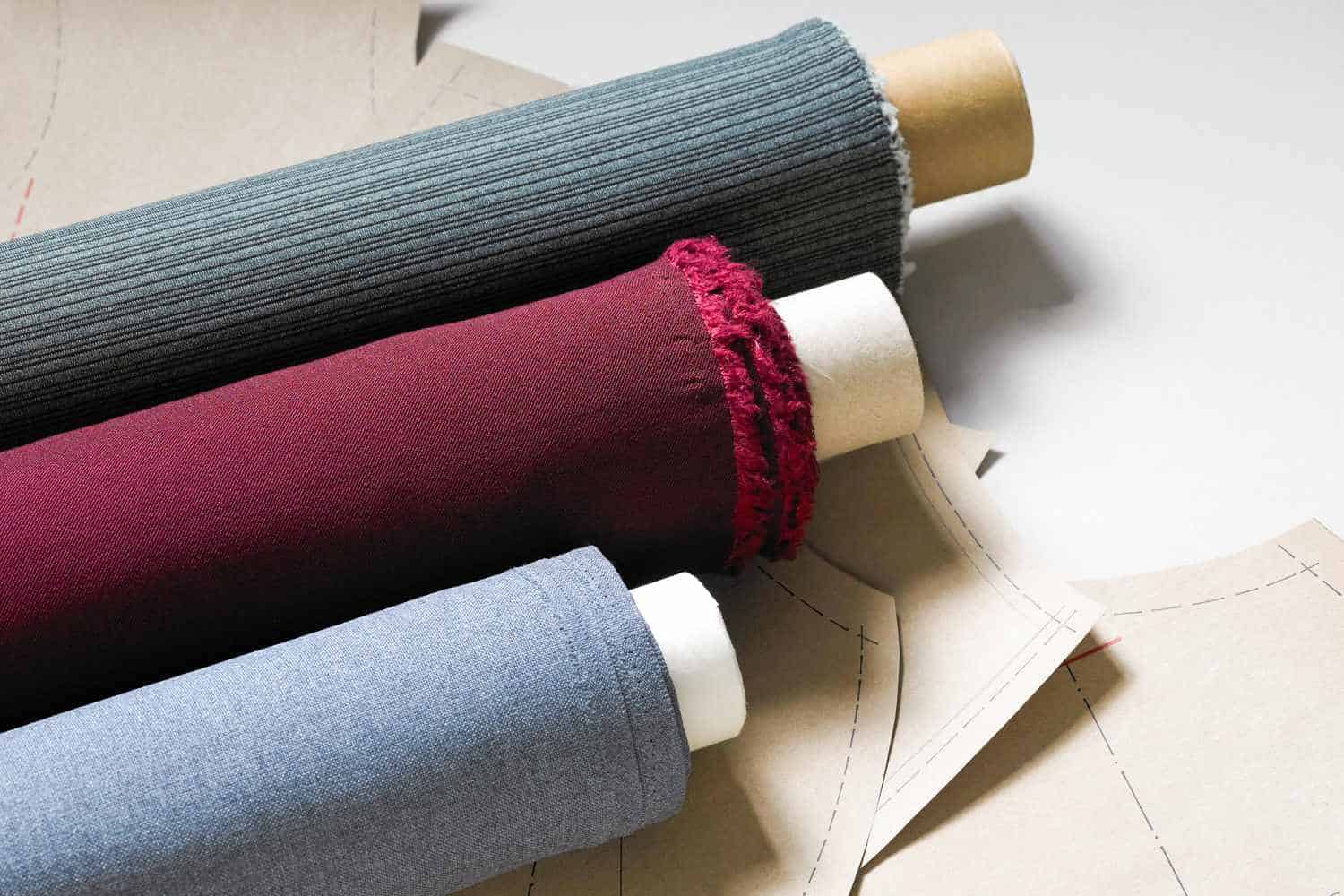 This gives a cradle if there should be an occurrence of mix-ups or varieties in the nap course, guaranteeing you have sufficient fabric to work with.
This gives a cradle if there should be an occurrence of mix-ups or varieties in the nap course, guaranteeing you have sufficient fabric to work with.
Pin and Imprint:
Use pins or Fabric chalk to check the nap heading on each example piece.
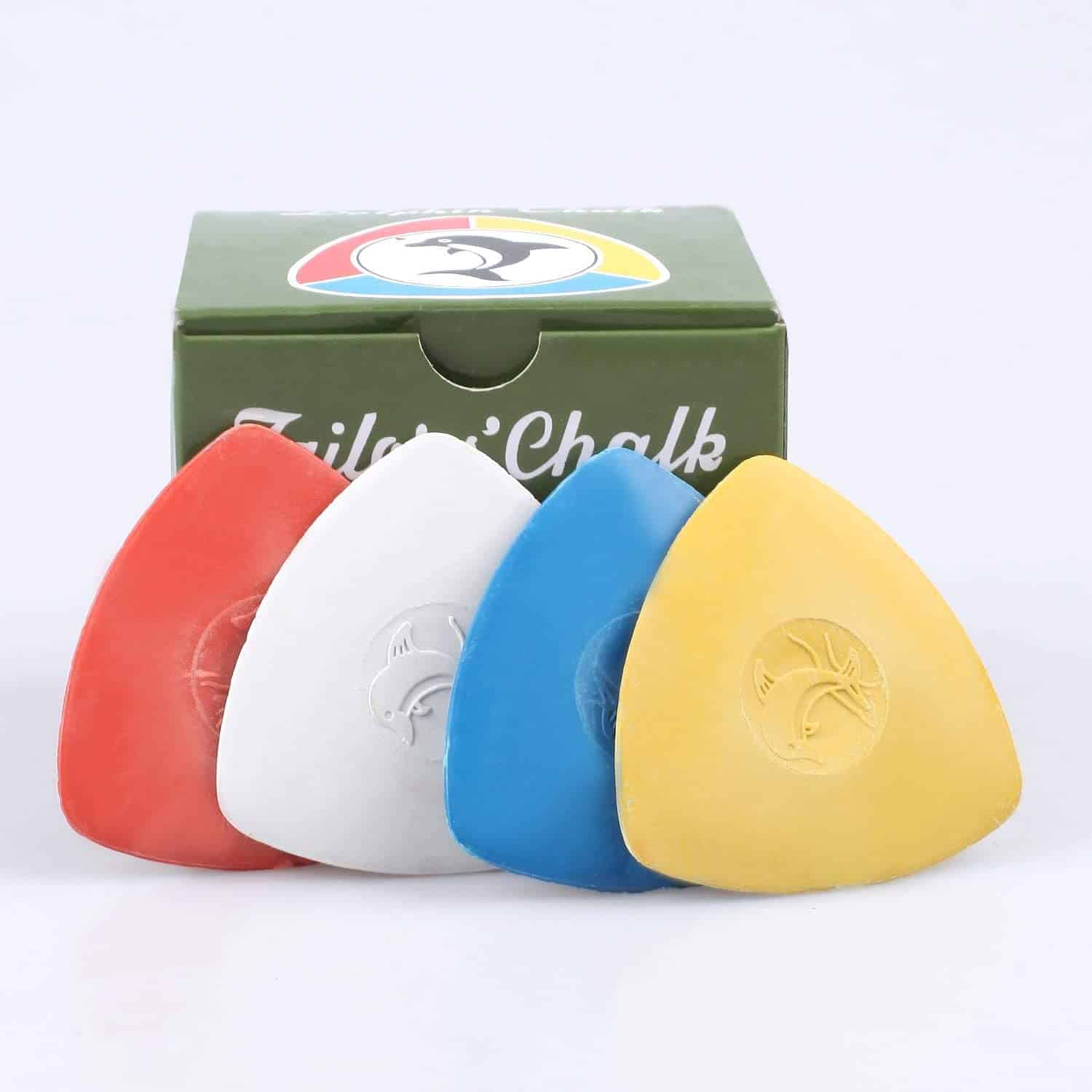
This will assist you with keeping away from disarray during the sewing system.
Ways to sew with Snoozed Fabrics:
Sewing with snoozed Fabrics requires exceptional care to protect their extraordinary qualities. Here are some tips to help you achieve success:
Utilize a Needle:
Choose a ballpoint or sharp needle, contingent upon the fabric’s weight and creation that welcomes naps.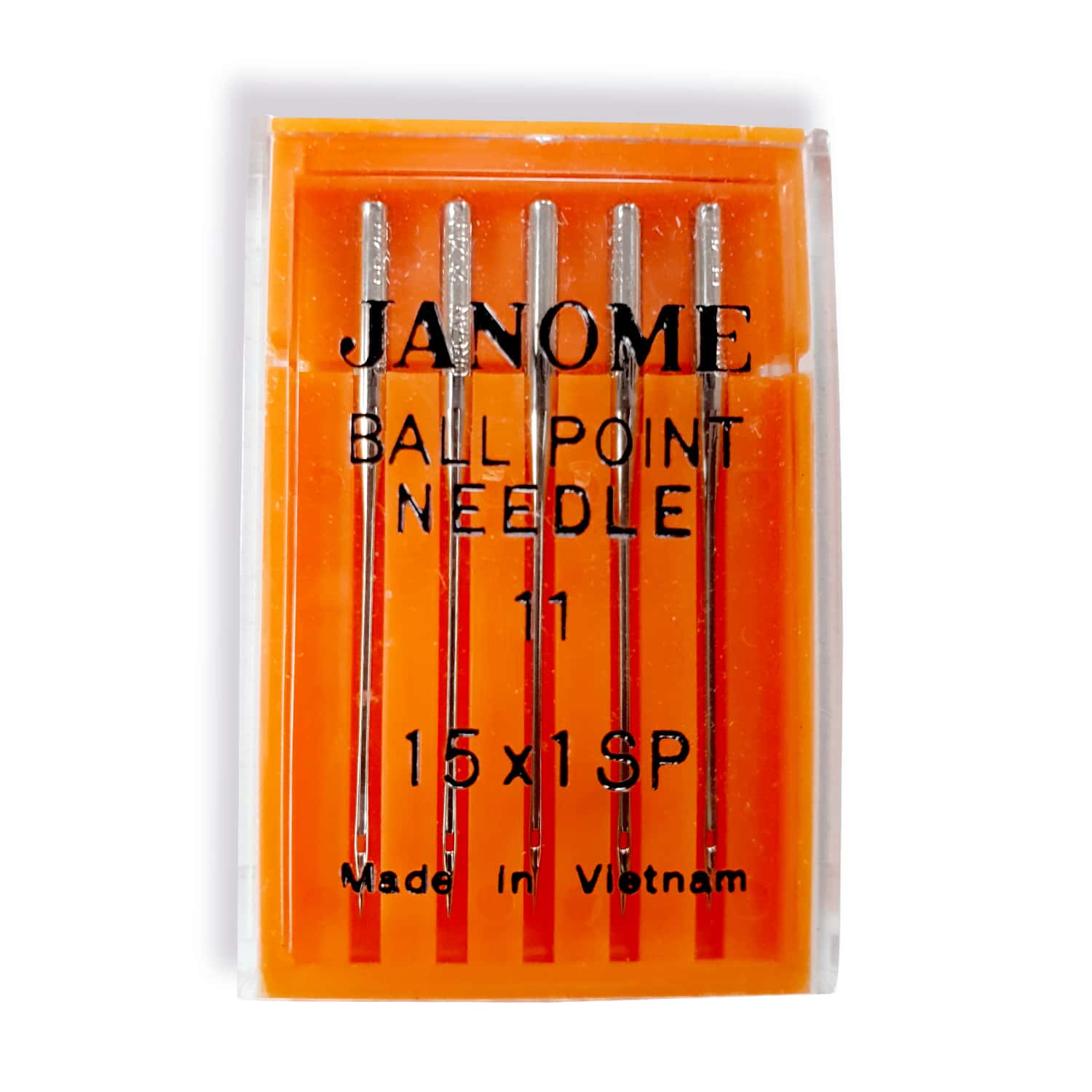
A ballpoint needle is less inclined to get and disturb the nap.
Pin In a calculated way:
Pin inside the crease stipend or use clasps to avoid leaving apparent openings in the fabric.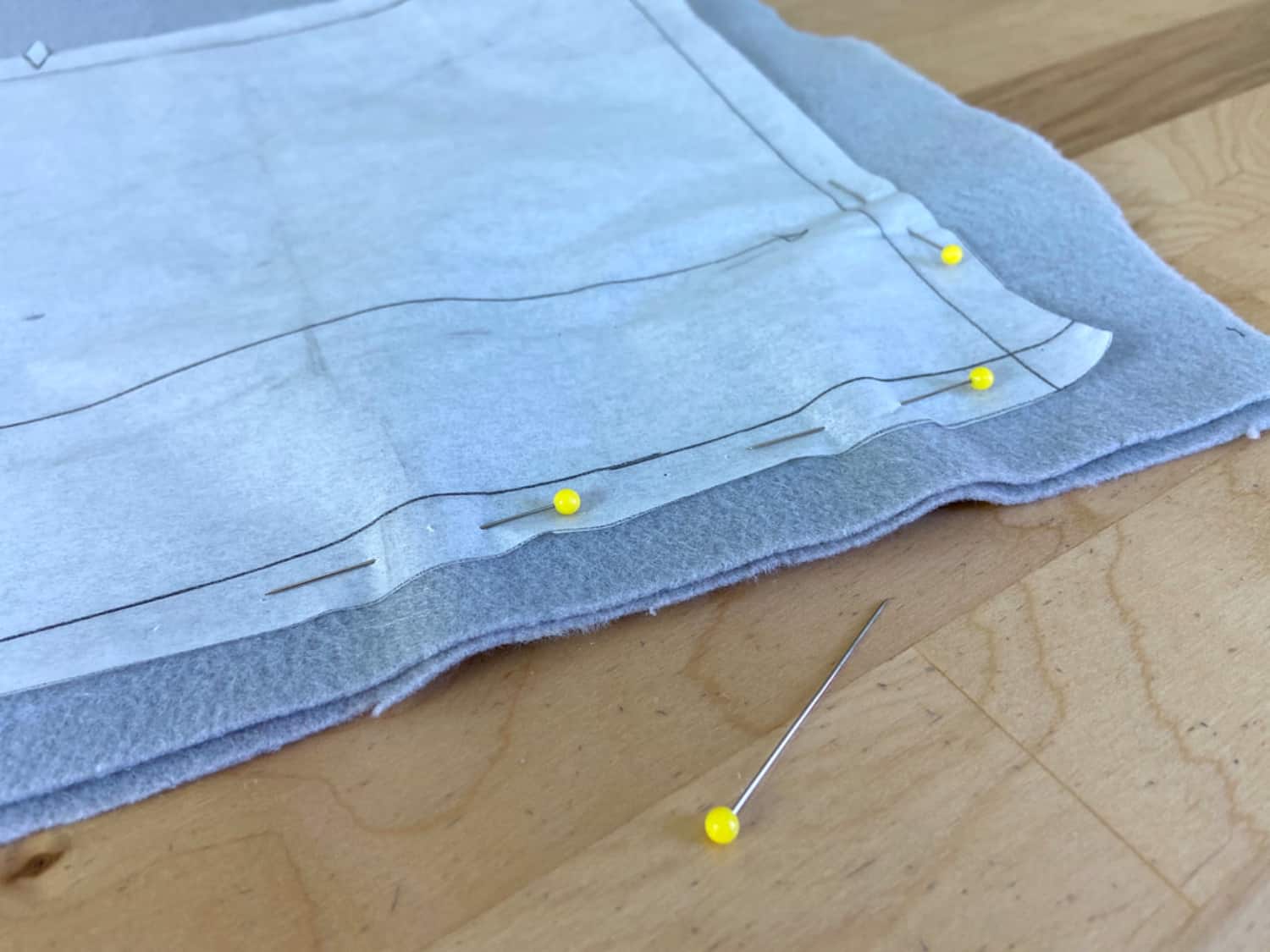
Pins on the fabric’s right half can upset the nap and cause irregularities.
Sew in the nap Heading:
While sewing creases, join in a similar course as the nap to try not to straighten or upset it.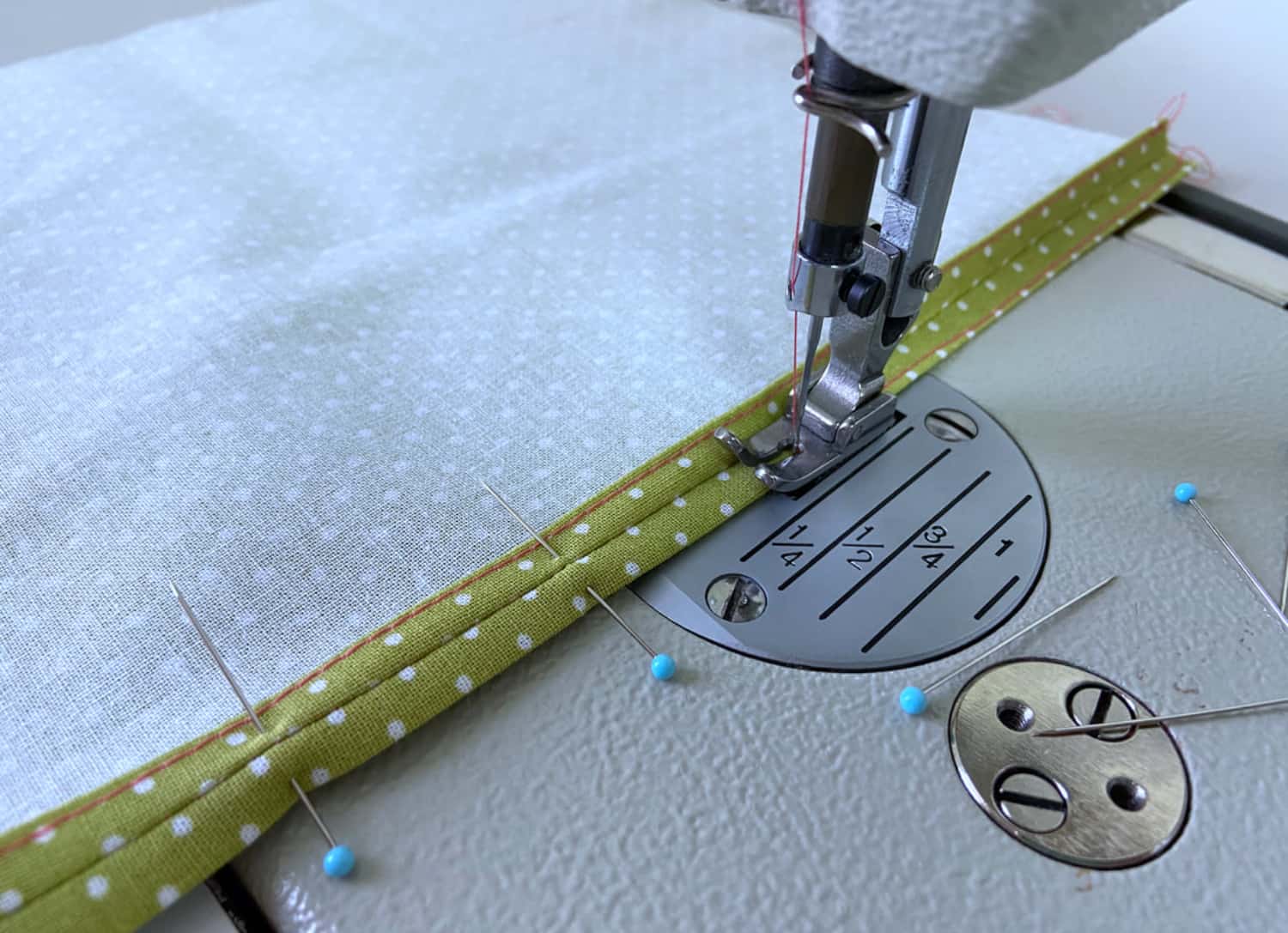 Before starting sewing, learn how to set up a sewing machine.
Before starting sewing, learn how to set up a sewing machine.
Press Cautiously:
Utilize a squeezing fabric to level the nap while squeezing creases or sews. Steam can likewise assist with renewing the rest after sewing.
Steam can likewise assist with renewing the rest after sewing.
Match Creases and Examples:
Consider design coordination carefully, particularly on clothing like covers or skirts.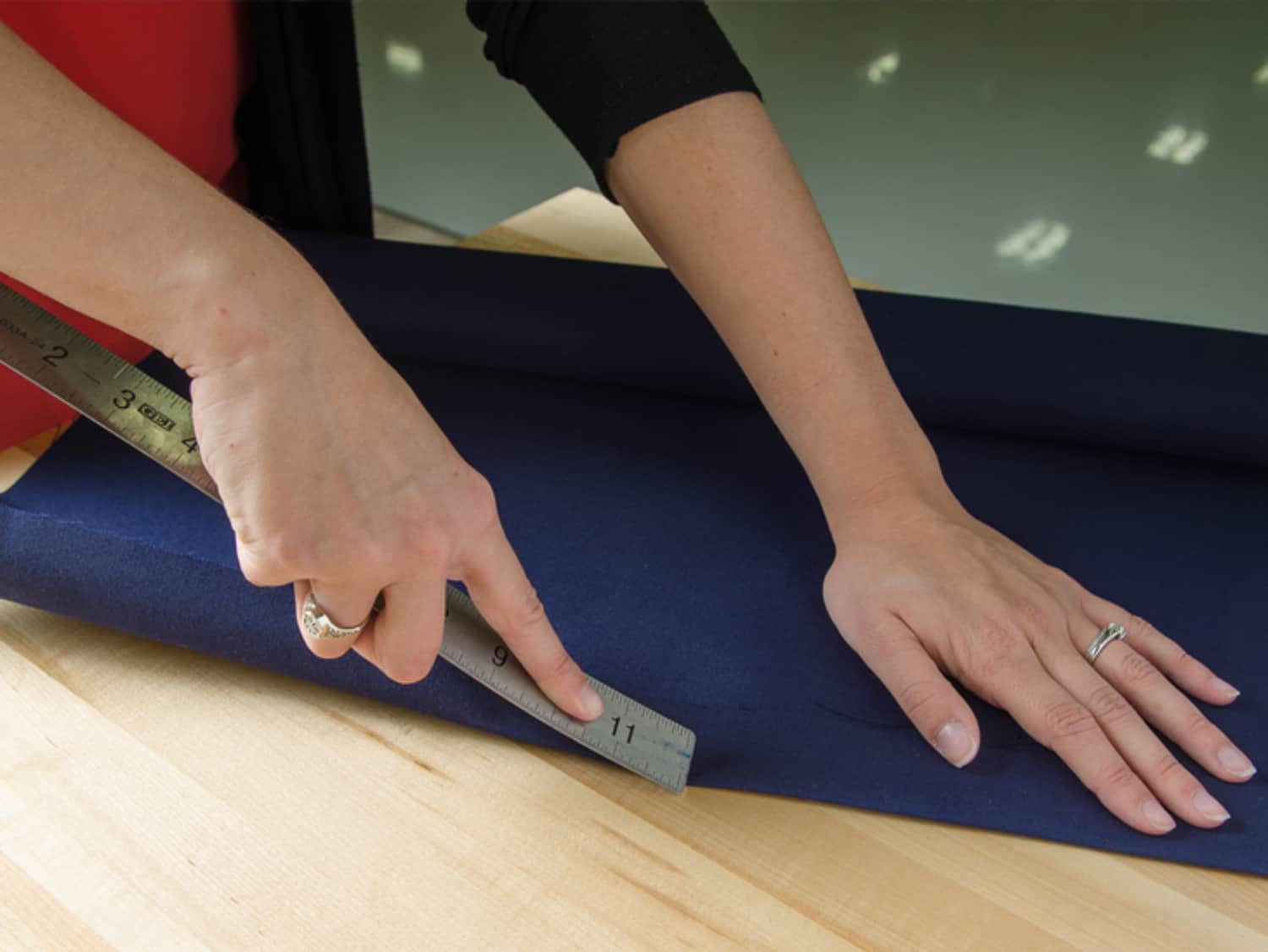
Adjust design components across creases with the goal that the nap seems ceaseless.
Finish Creases Mindfully:
Think about utilizing French creases, level felled creases, or other crease-completing procedures that limit mass and keep up with the fabric’s surface.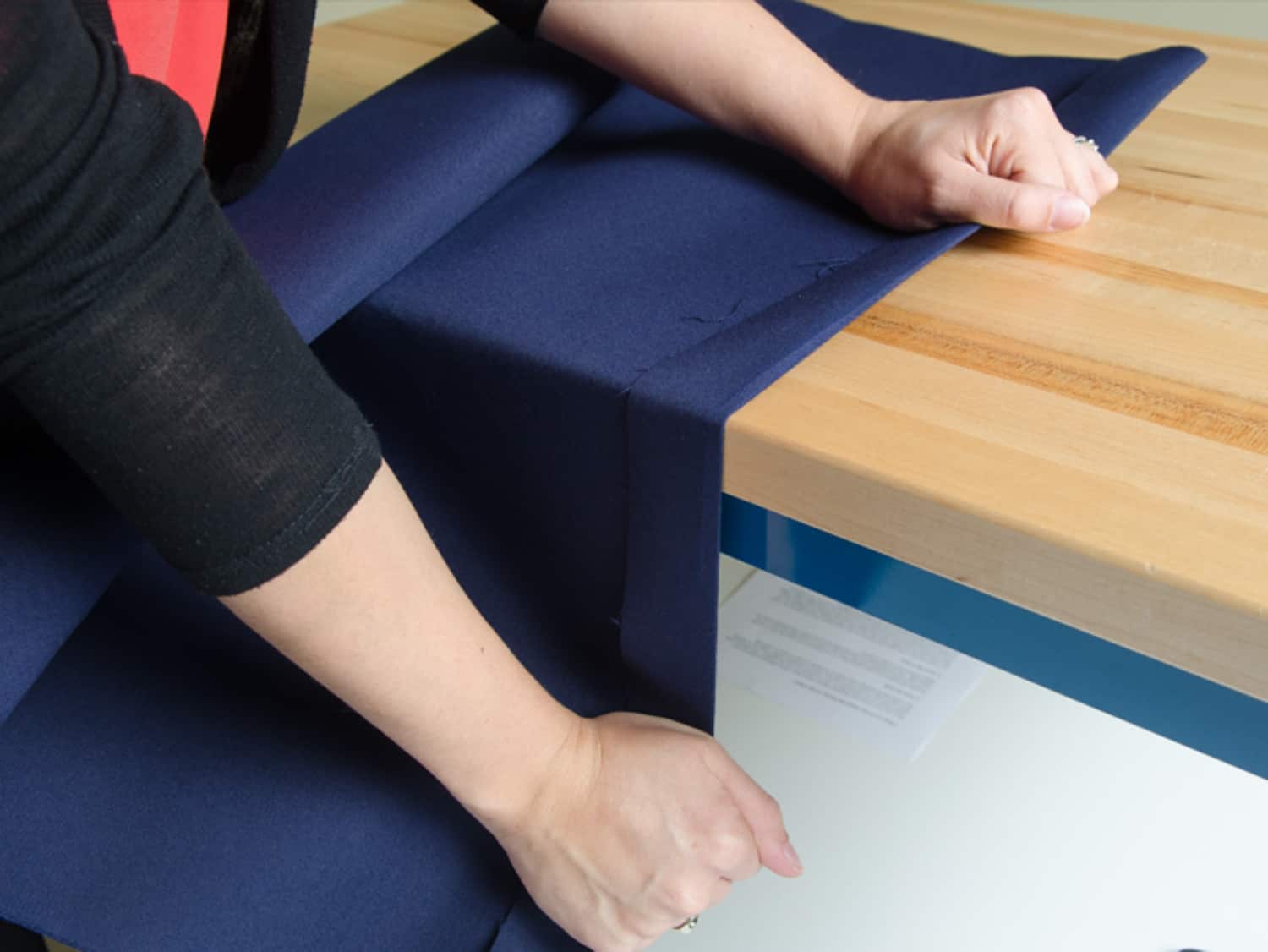
Abstain from Unpicking:
Unpicking fastens on snoozed Fabrics can make noticeable imprints. 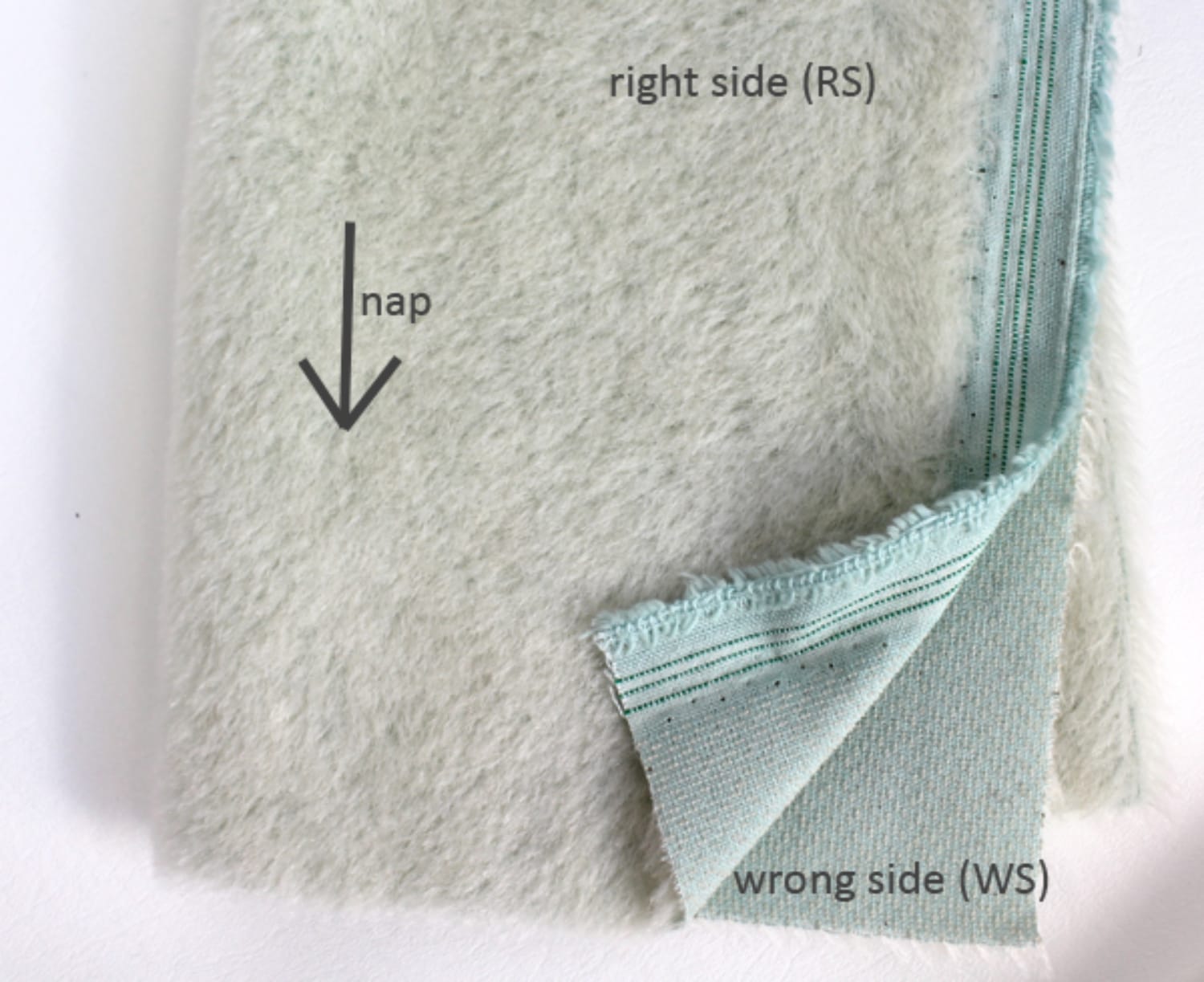
By adhering to these rules and tips, you can work with Fabric Nap successfully, making sewing projects that grandstand the fabric’s magnificence and surface while accomplishing proficient quality outcomes.
Standard Errors While Working with Snoozed Fabrics:
Working with snoozed Fabrics can be trying because of their novel properties. Here are some typical mix-ups and ways of keeping away from them:
Nap Misalignment:
Neglecting to cut all example pieces in a similar nap course can prompt perceptible varieties in variety and surface. Click here to learn about sewing patterns.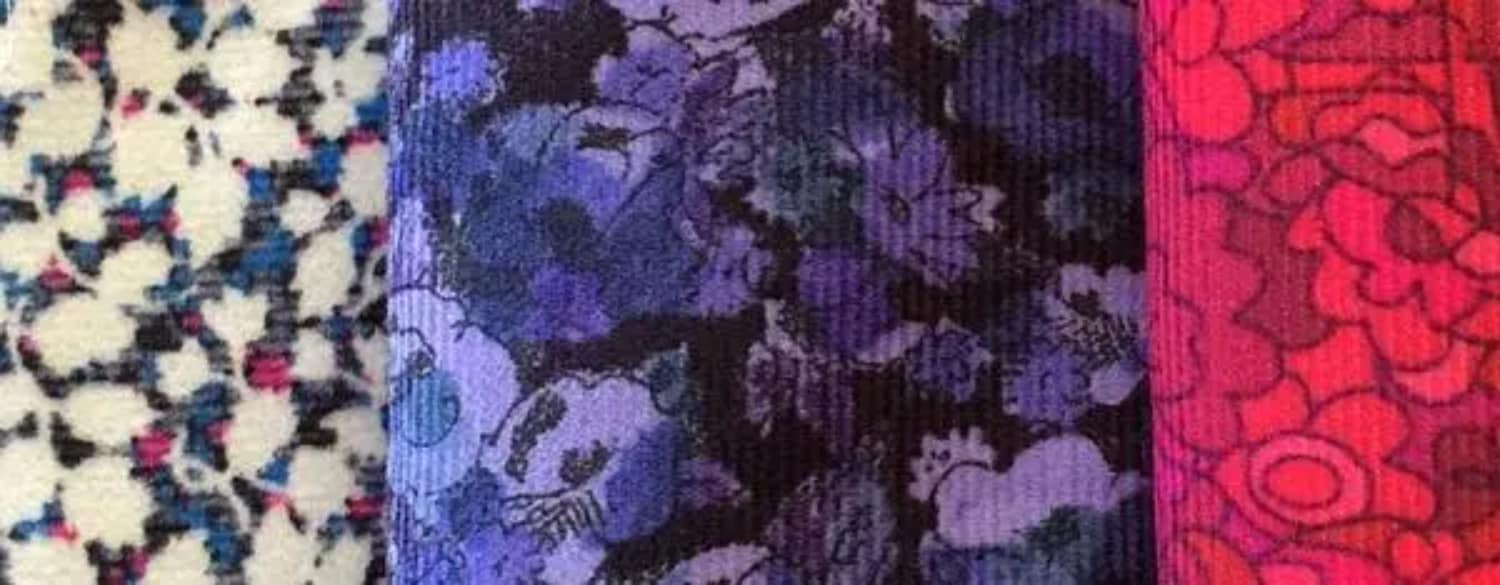
Continuously follow nap bolts or format graphs given in sewing designs.
Nailing to the Right Side:
Pins on the right half of the naped fabric can leave apparent openings and upset the nap.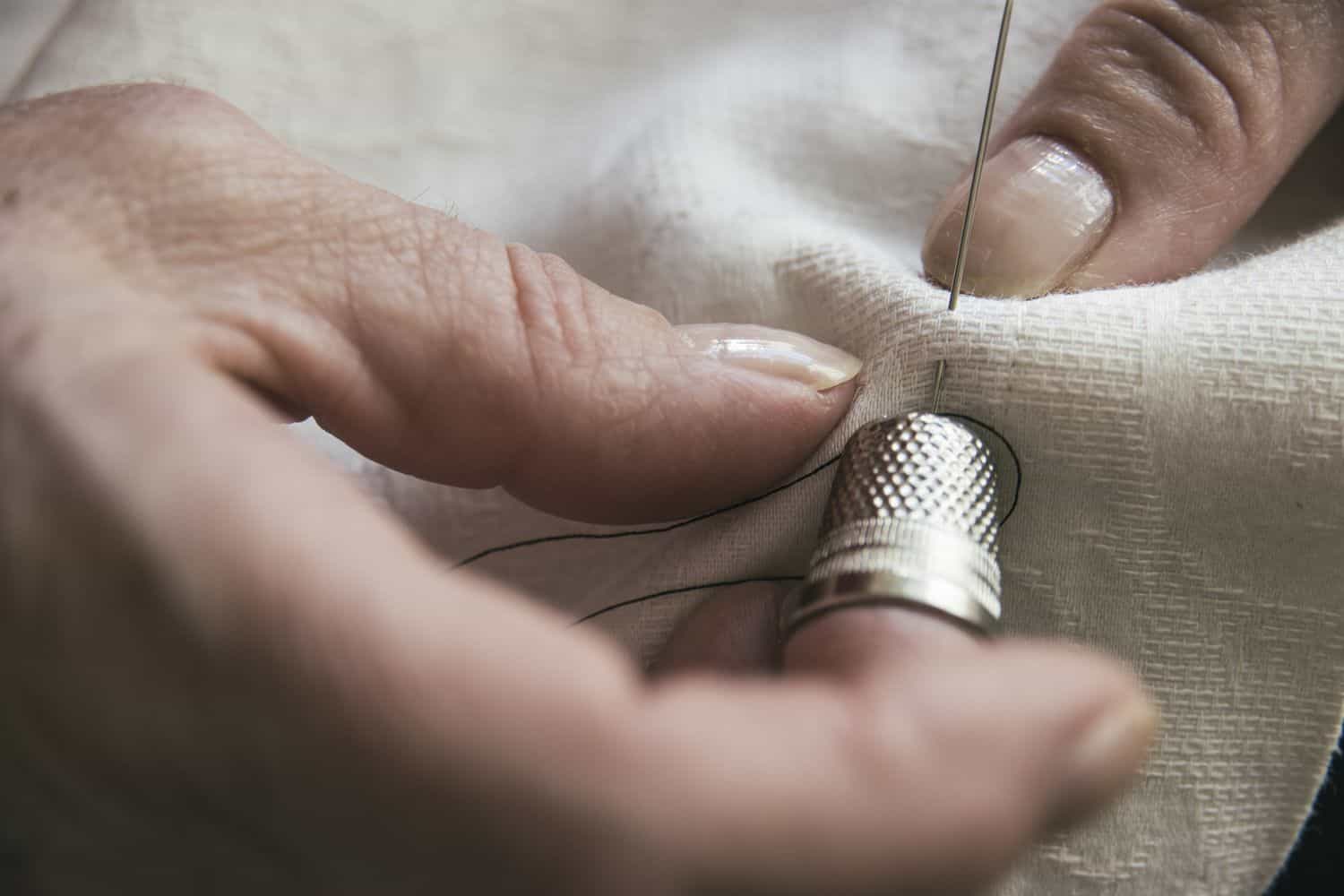 Pin inside crease recompenses or use cuts.
Pin inside crease recompenses or use cuts.
Lopsided Creases:
Sewing creases in various nap bearings can cause lopsided or sketchy appearances—line in a similar bearing as the nap to keep up with Regularity.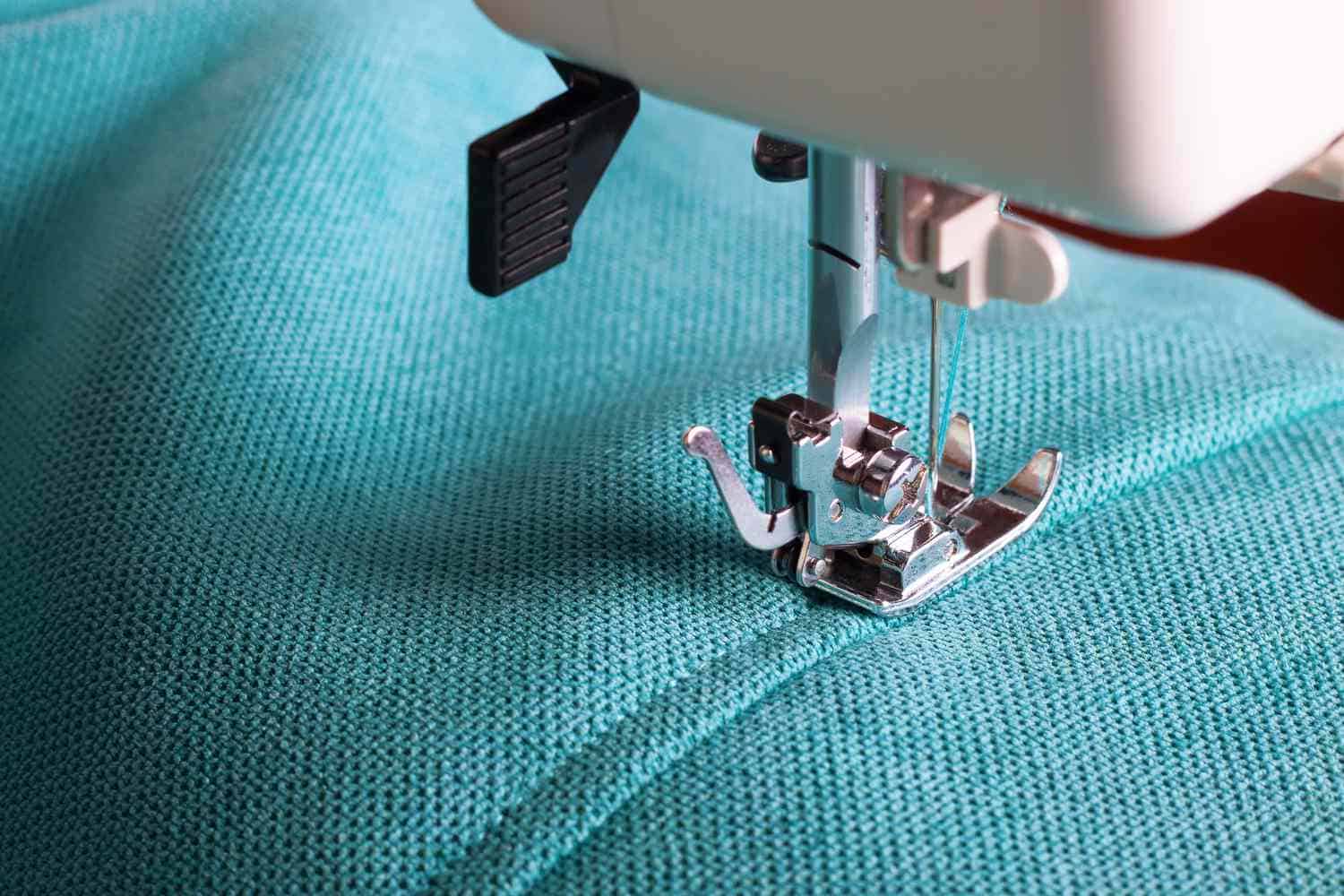
Leveled nap:
Only necessary squeezing with a squeezing material or utilizing excessive intensity can smooth the rest.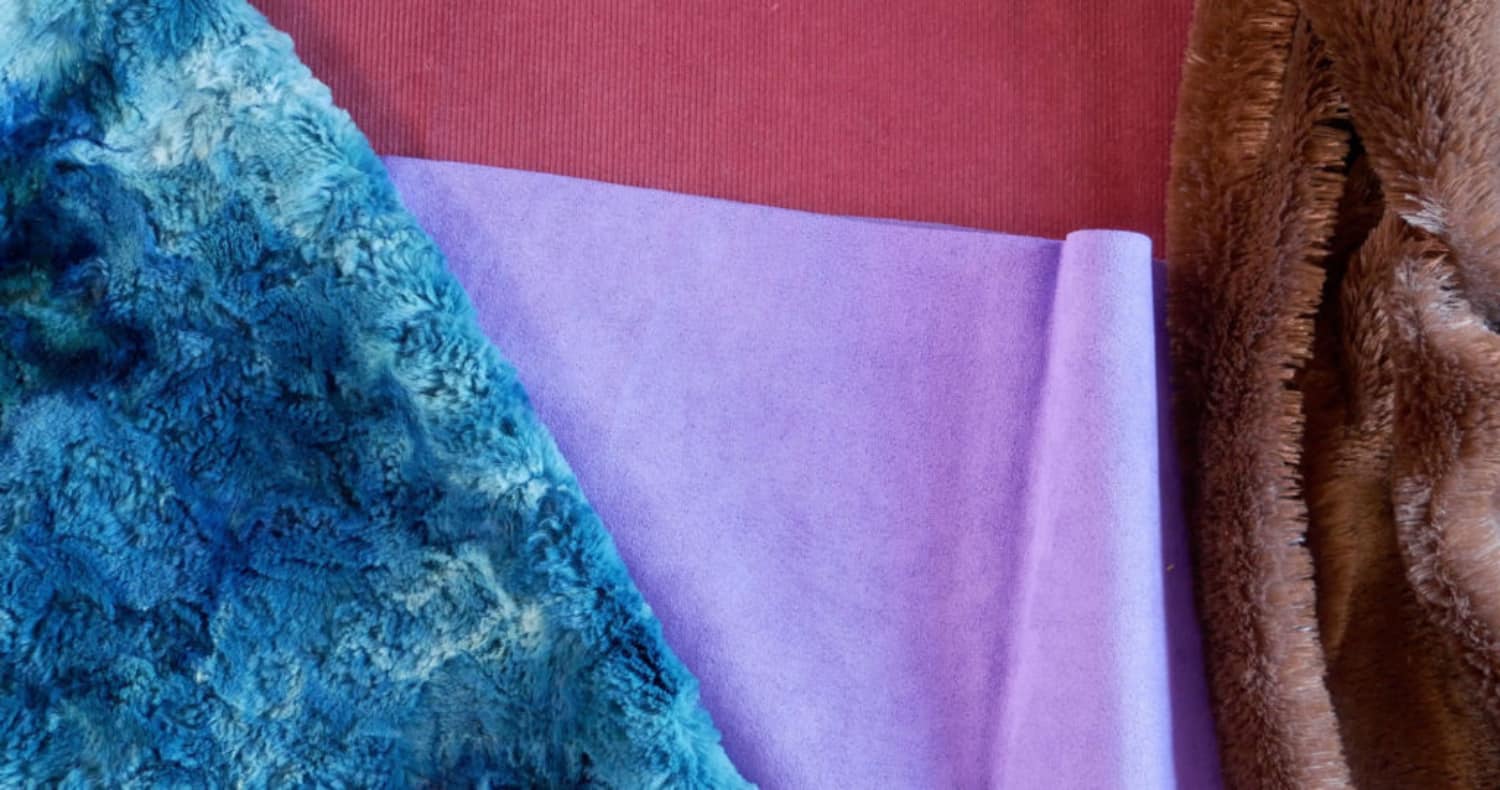
Utilize a material and steam to save the fabric’s surface.
Deficient Yardage:
I am not representing nap while computing Fabric yardage can bring about running out of fabric.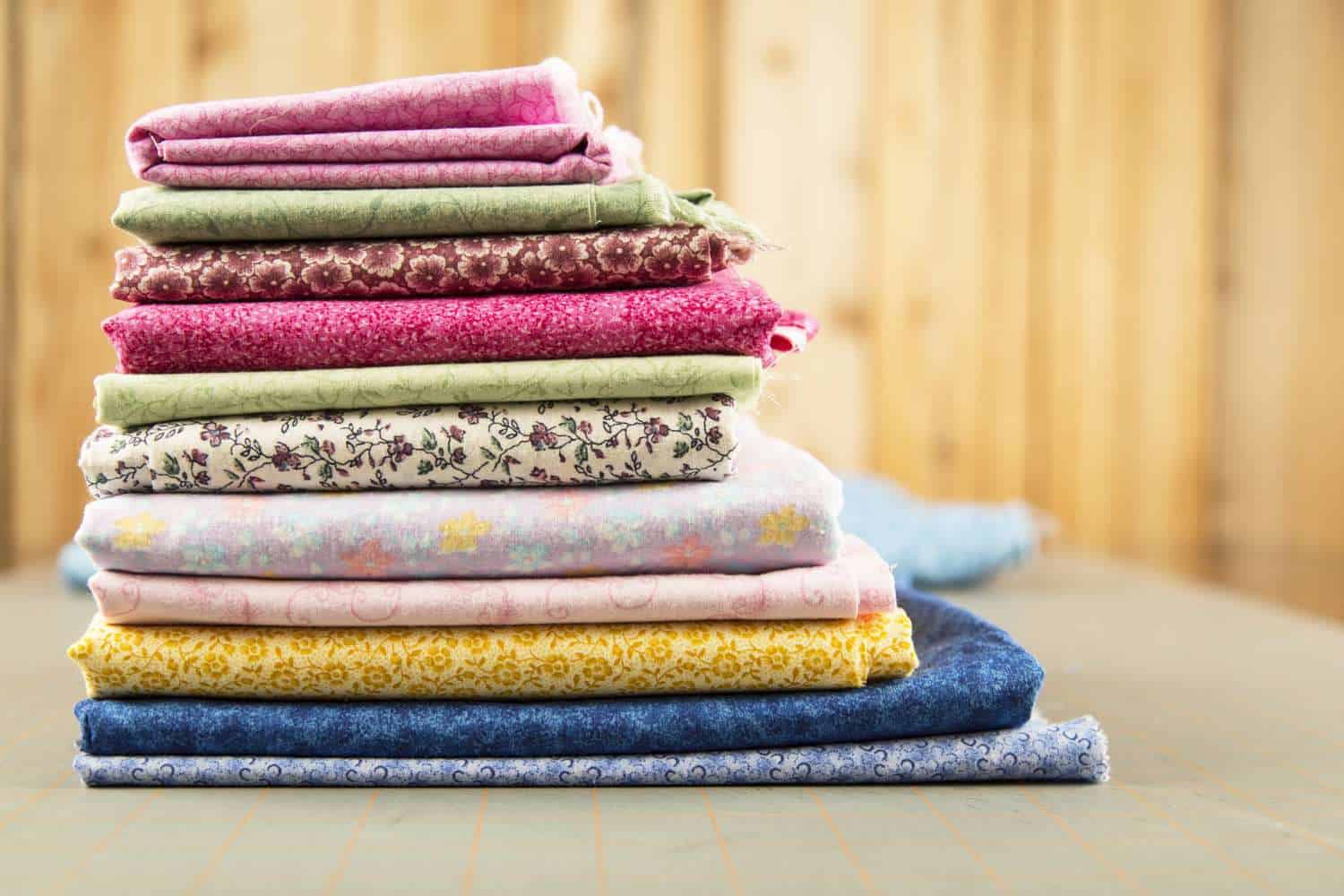 Furthermore, Purchase additional material to oblige the rest and any cutting blunders.
Furthermore, Purchase additional material to oblige the rest and any cutting blunders.
Overlooking Example Coordinating:
Forgetting to adjust design parts across creases can disturb the visual congruity of the nap. Take care to match designs precisely.
Take care to match designs precisely.
Surging Crease Wrapping up:
Lacking crease completion can make mass and influence the fabric’s appearance.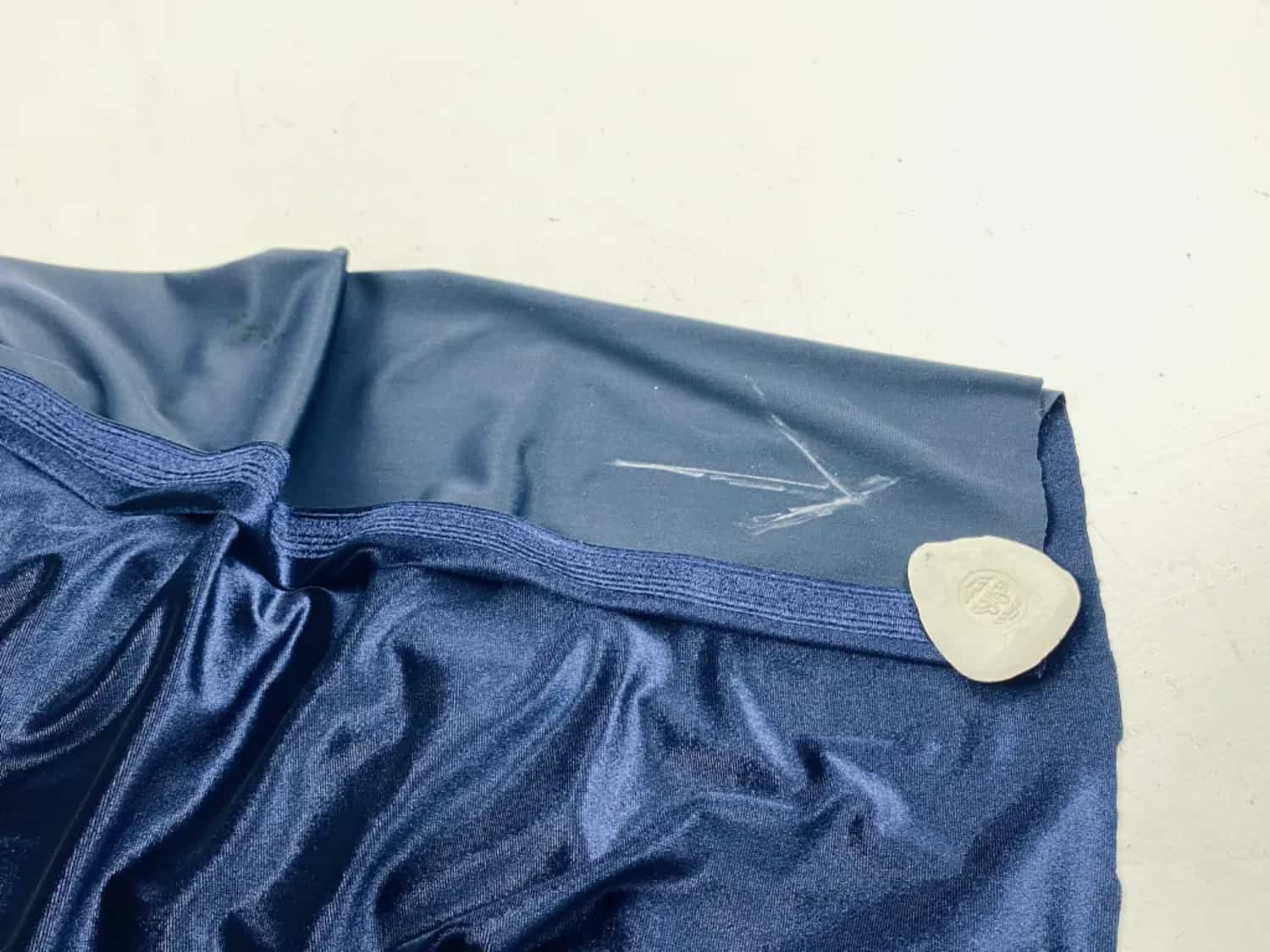 Further, more utilize fitting methods that limit group and keep up with the fabric’s surface.
Further, more utilize fitting methods that limit group and keep up with the fabric’s surface.
Utilizing Some Unacceptable Needles:
Utilizing a customary needle rather than a ballpoint or sharp needle can cause tangles and harm the nap.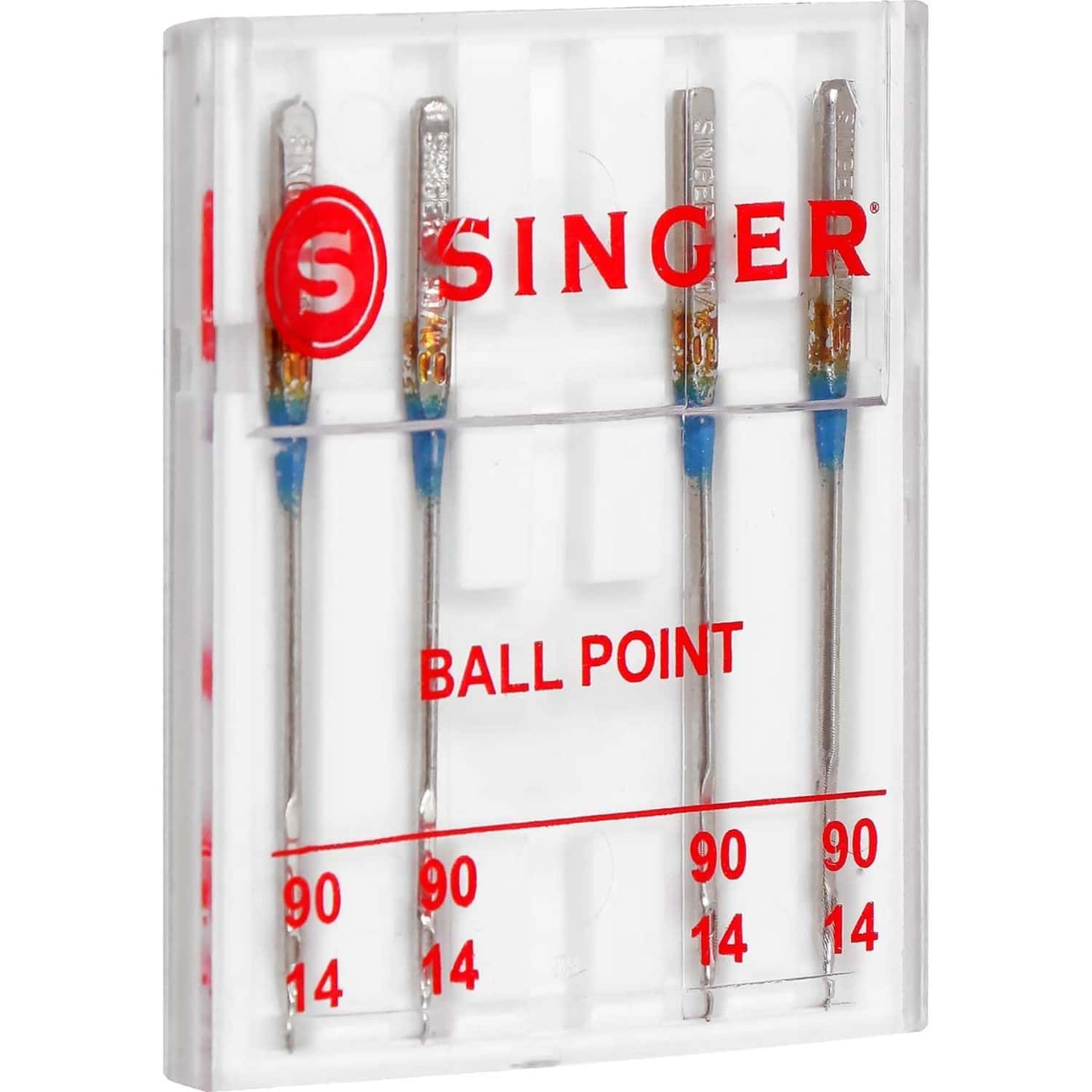
Pick a needle reasonable for the Fabric type.
Unpicking Fastens:
Crease evacuation on snoozed Fabrics can make noticeable imprints. Go for the gold to limit the requirement for unpicking.
Overhandling:
Unreasonable contacting and dealing with can wear out the nap after some time. Handle naped Fabrics delicately during sewing and while wearing the completed piece of clothing.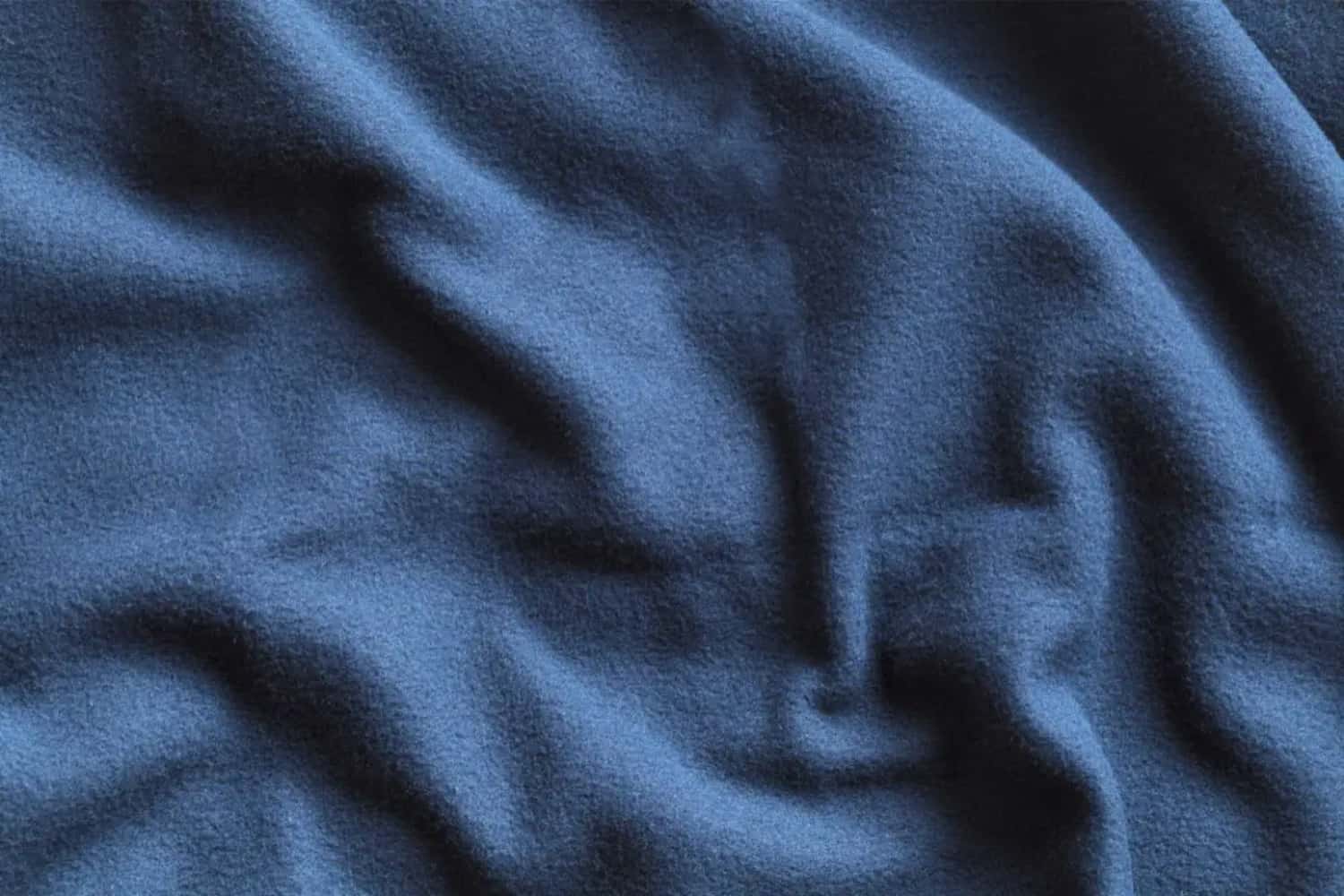
By monitoring these typical errors and playing it safe to avoid them, you can explore the difficulties of working with naped Fabrics all the more and make projects that exhibit the fabric’s exceptional characteristics.
See Also: MAKERS MONTH: LEARN TO SEW WITH LAUREN
FAQs
In sewing, 'nap' refers to the raised fabric of fabric fibers, creating different shades and sheens depending on the direction they're brushed. It's crucial because understanding and aligning the nap direction when cutting and assembling fabric ensures consistent color and material, preserving the intended visual and tactile effects in the finished project. Answer: In a sewing machine, 'nap' doesn't refer to a textile concept. Instead, a sewing machine's 'nap' could be a typo or misunderstanding. NAP could stand for 'Needle-Advanced Positioning,' a feature that allows precise needle placement, enhancing sewing accuracy and convenience. In a sewing machine, 'nap' doesn't refer to a textile concept. Instead, a sewing machine's 'nap' could be a typo or misunderstanding. NAP could stand for 'Needle-Advanced Positioning,' a feature that allows precise needle placement, enhancing sewing accuracy and convenience. 'Nap fabric' in a sewing machine might refer to a fabric with a nap, like velvet or corduroy. However, the sewing machine itself doesn't affect fabric nap. Proper handling and alignment of the rest while cutting and sewing are crucial to maintaining the fabric's intended appearance and material.What is a nap in sewing, and define its importance?
What is a nap in a sewing machine?
What is a nap in a sewing machine?
What is a nap fabric in a sewing machine?
Conclusion
Understanding what a nap is in sewing and working with fabric naps is an essential skill in sewing. It involves recognizing the raised fabric of certain fabrics and aligning their fibers for Steady color and sheen. This attention to detail transforms projects, adding depth and visual appeal. You can achieve polished, professional results by following guidelines for cutting, sewing, and handling napped fabrics.
Welcome errors as chances for growth and continue refining your abilities. As you delve deeper into the art of working with a nap, your sewing projects will flourish with a good touch, showing the mastery of fabric manipulation.

I am Sammy and I blog at Live it. Love it. Make it. It is creative lifestyle blog run by best friends H and Sammy. Head over and follow our crafty adventures!

